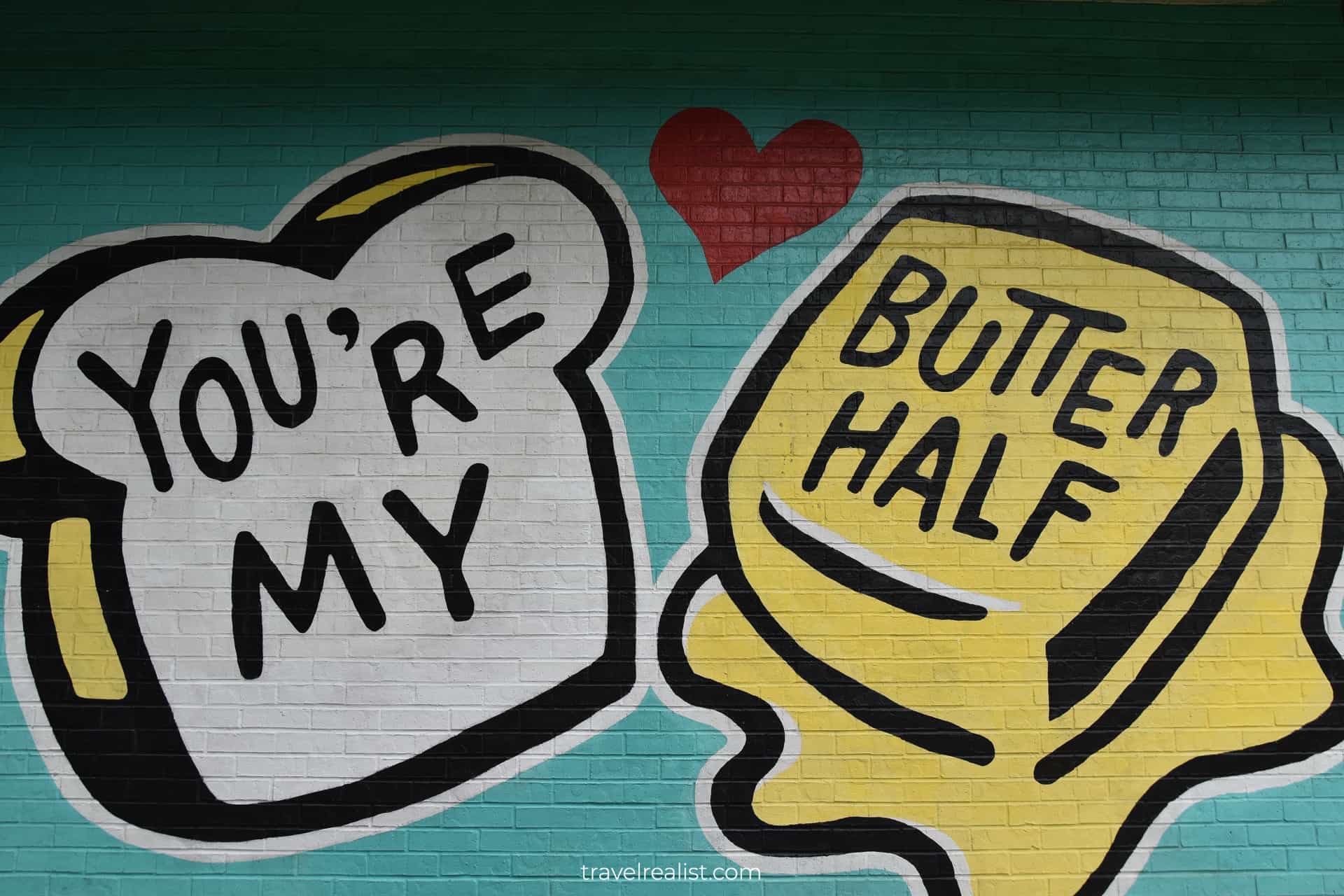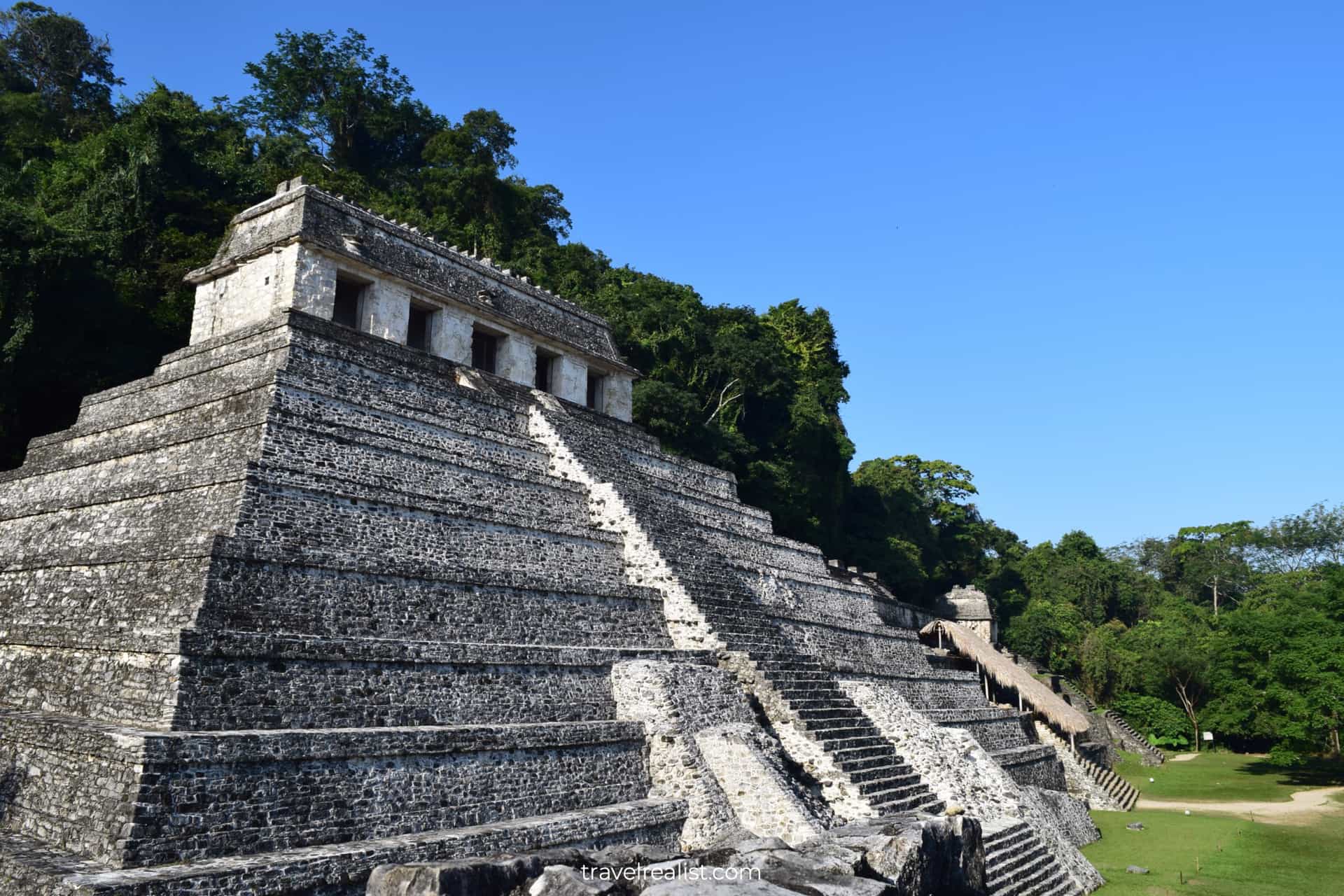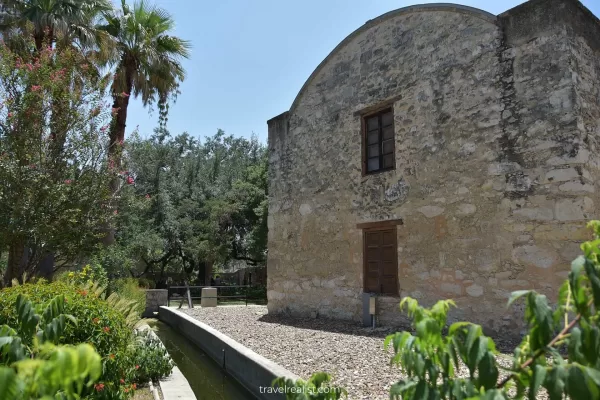Pinnacles: When A Hike is Faster Than A Drive
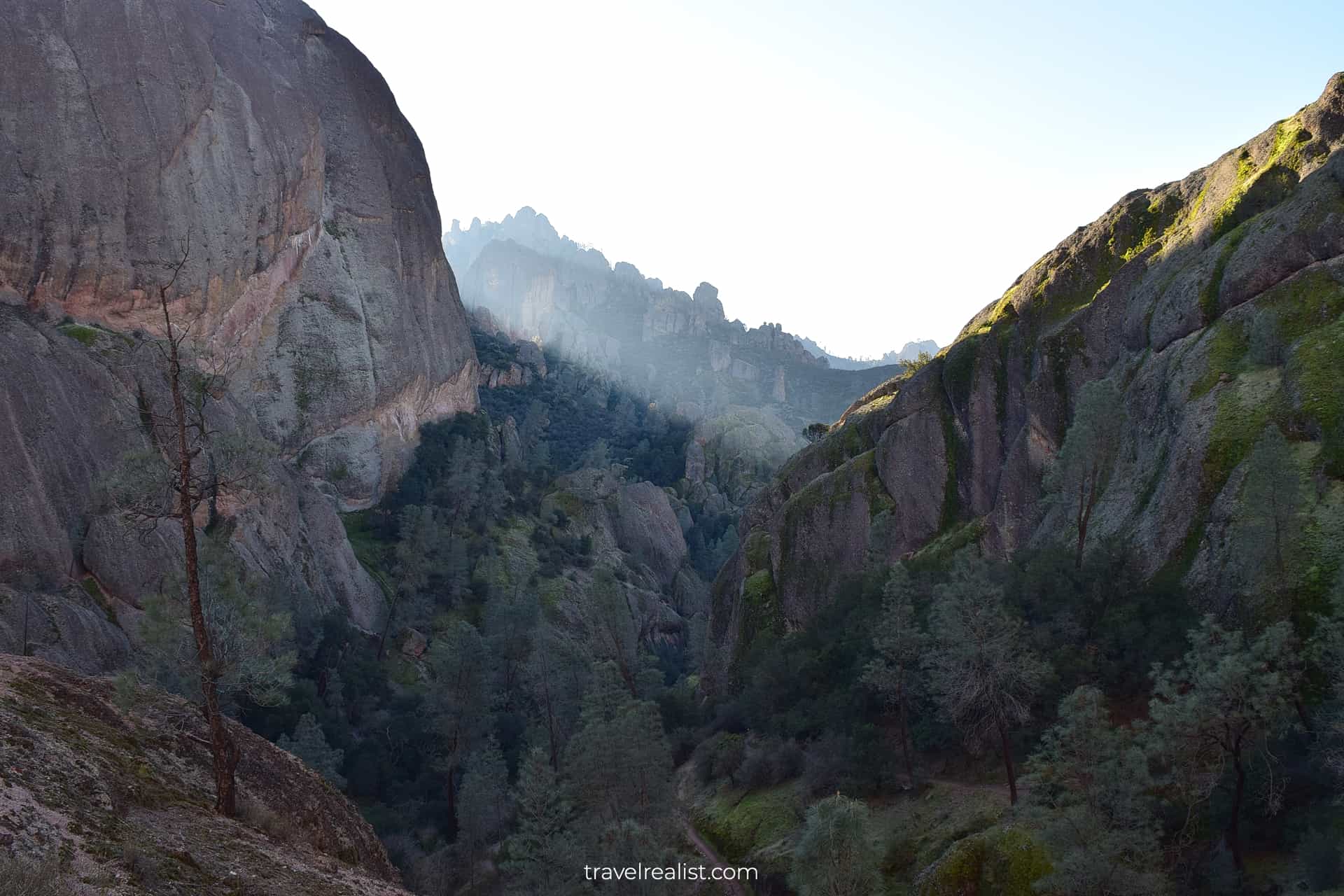
Pinnacles National Park Guide
Use our realistic Pinnacles Guide to plan your next adventure in this national park.
Pinnacles National Park is a picturesque mountainous park. Volcano eruptions from millions of years ago are to thank for the Pinnacles landscape.
This post includes affiliate links that will earn us commission if you make a purchase via these links.
Sights & Places of Interest
Pinnacles National Park is first and foremost a hikers’ park. This national park has a good selection of hiking trails.
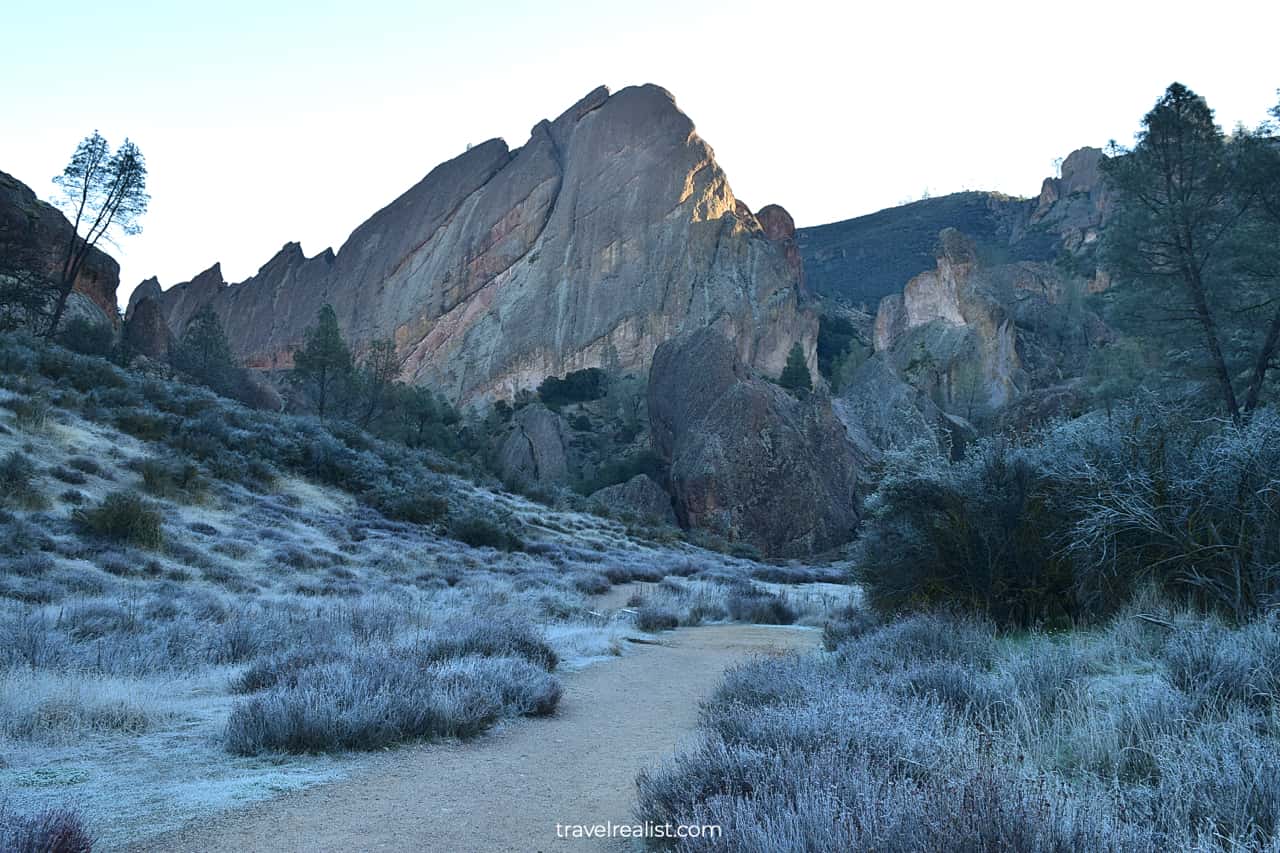
It is hard to pinpoint one or two main sights at Pinnacles. In fact, some of the most beautiful views in Pinnacles are just off the trail. Most of Pinnacles trails are long and involve a sizable elevation gain.
Our Pinnacles Guide documents the hiking experience in both West and East Pinnacles.
West Entrance: Chapparal Trailhead
The Chaparral Trailhead Parking is the main lot at the West Entrance. It provides visitors with an easy access to the park’s main trails.
The nearby Jawbone Parking Area has a less favorable trail connection. You could use it if the Chaparral Trailhead Parking is full.
Balconies Trail
The 0.6-mi (1-km) Balconies Trail is a great first hike in the park.
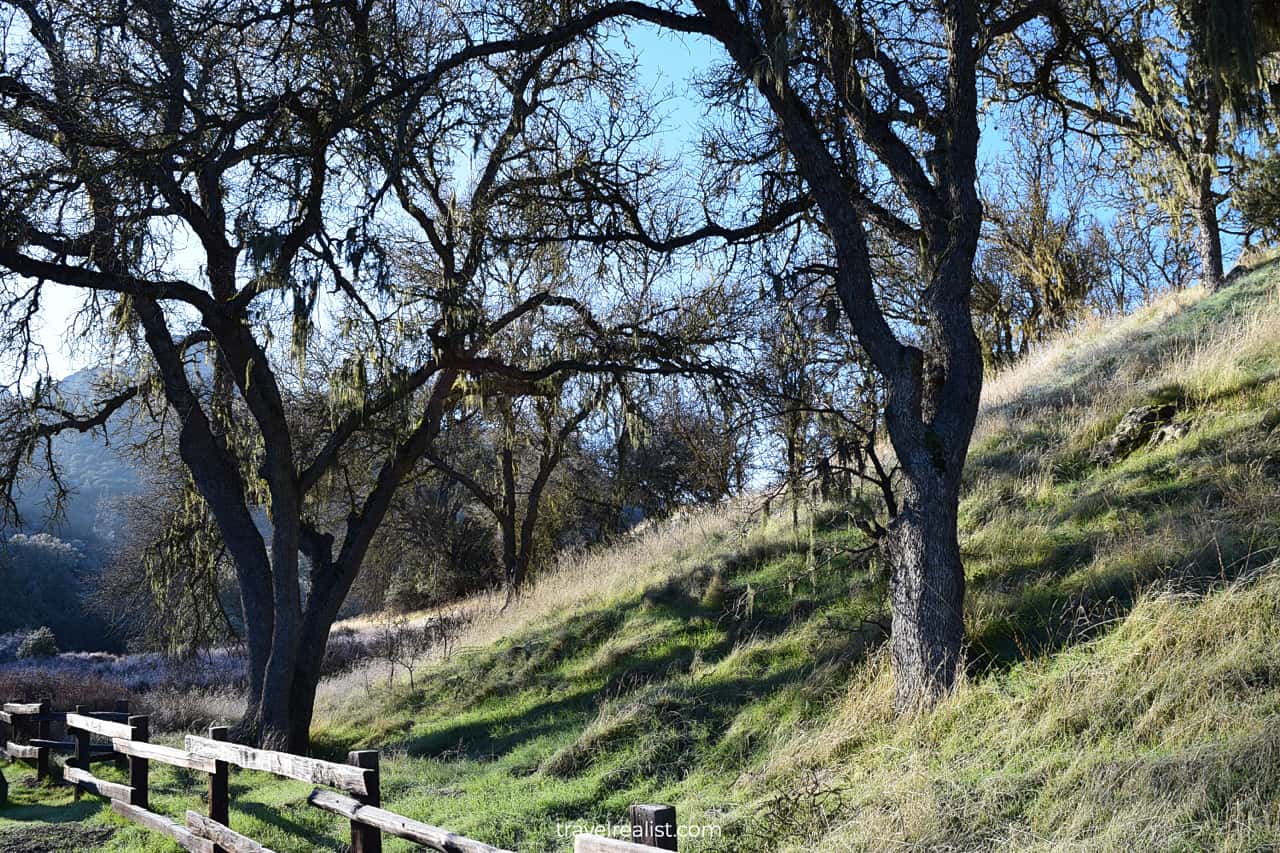
It could be shivering cold in the park if you arrive on a wintery morning. The frost might still cover the signs and grass.
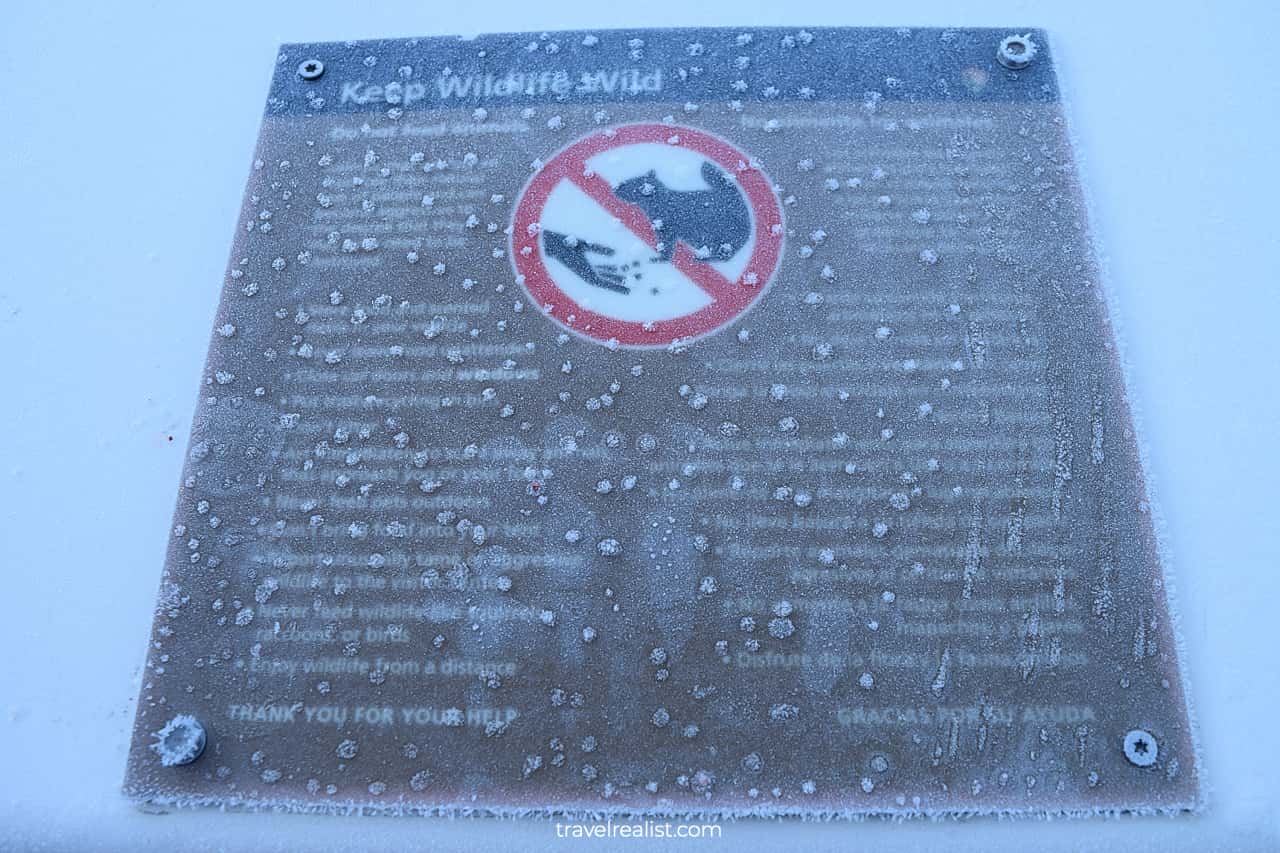
Take a look at this frost pattern on the fence.
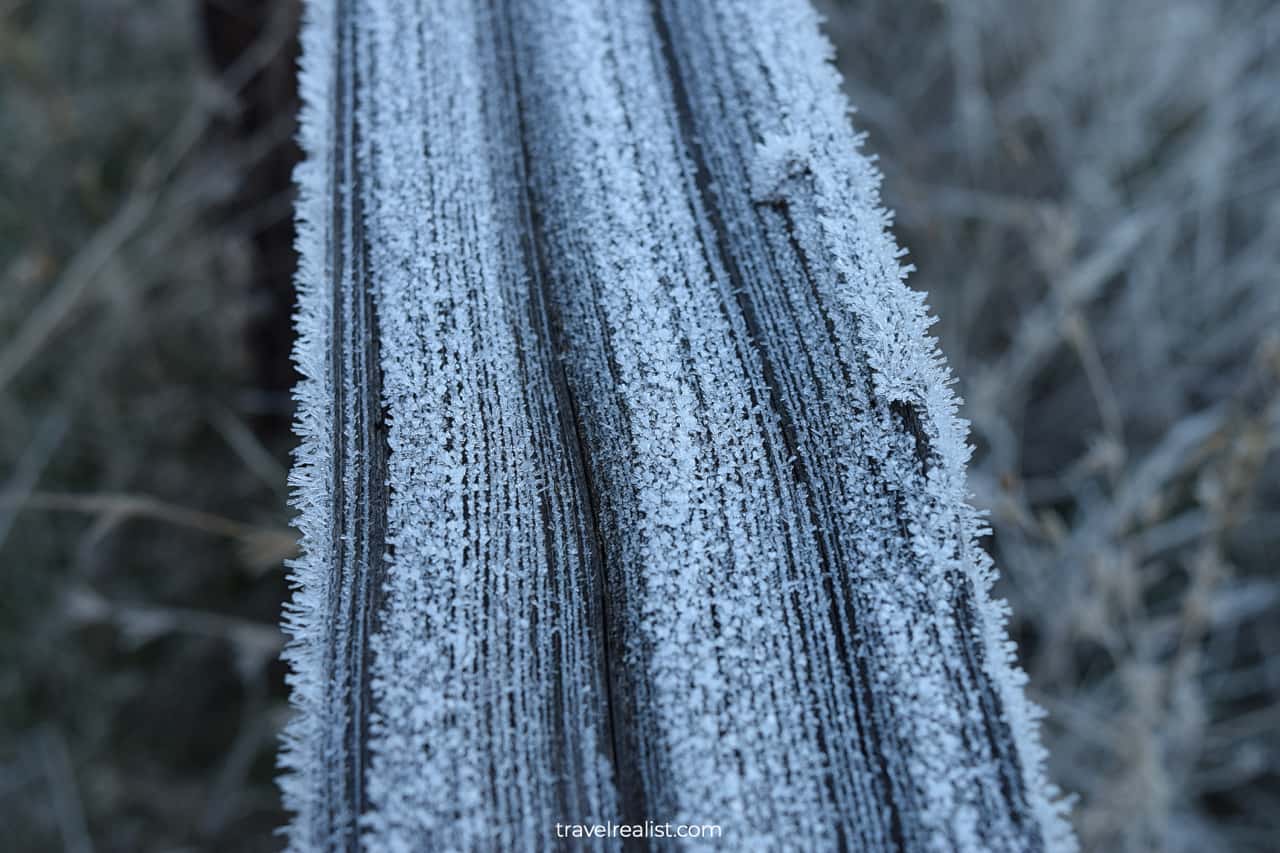
In fact, frost might cover the whole area, from bushes to trees.
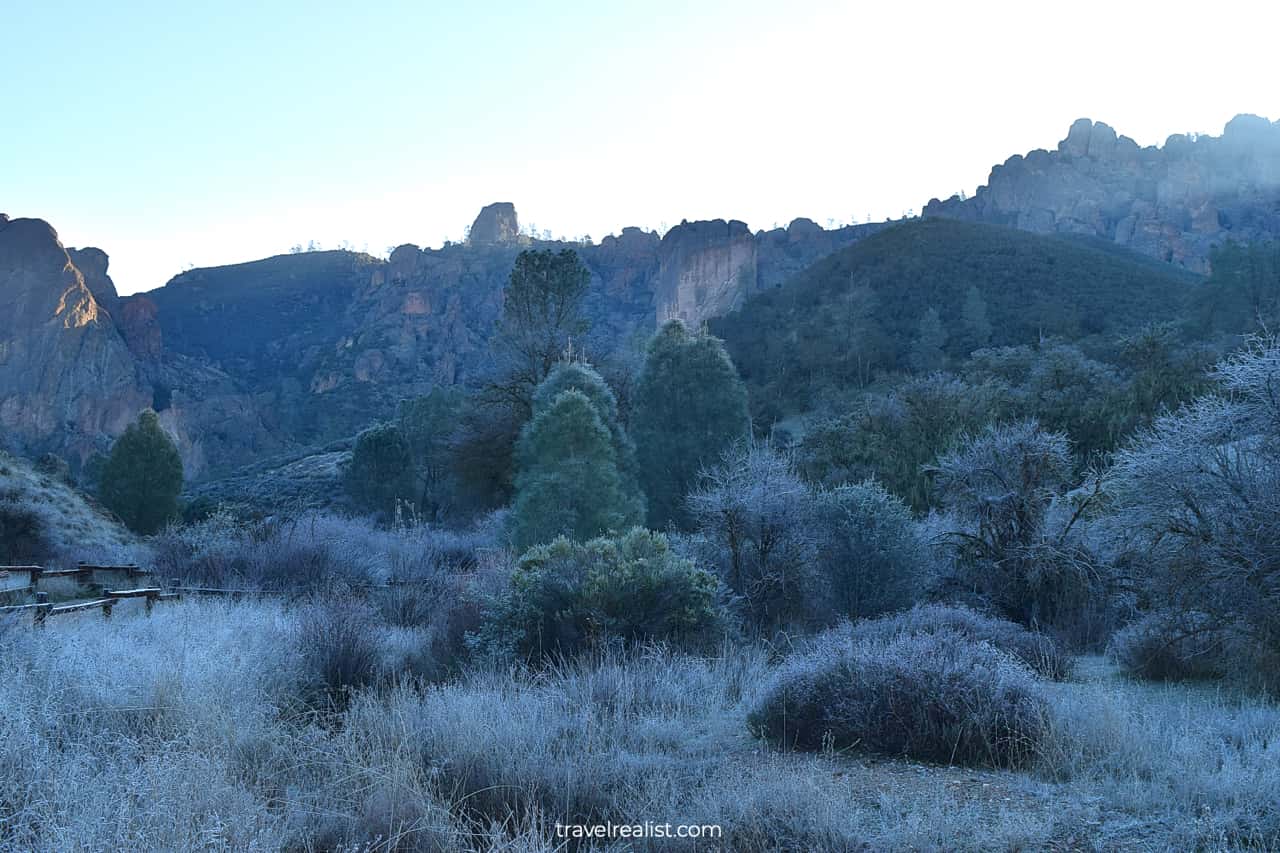
These frosty trees, fog, and sunshine create a surreal feeling of a winter fairytale.
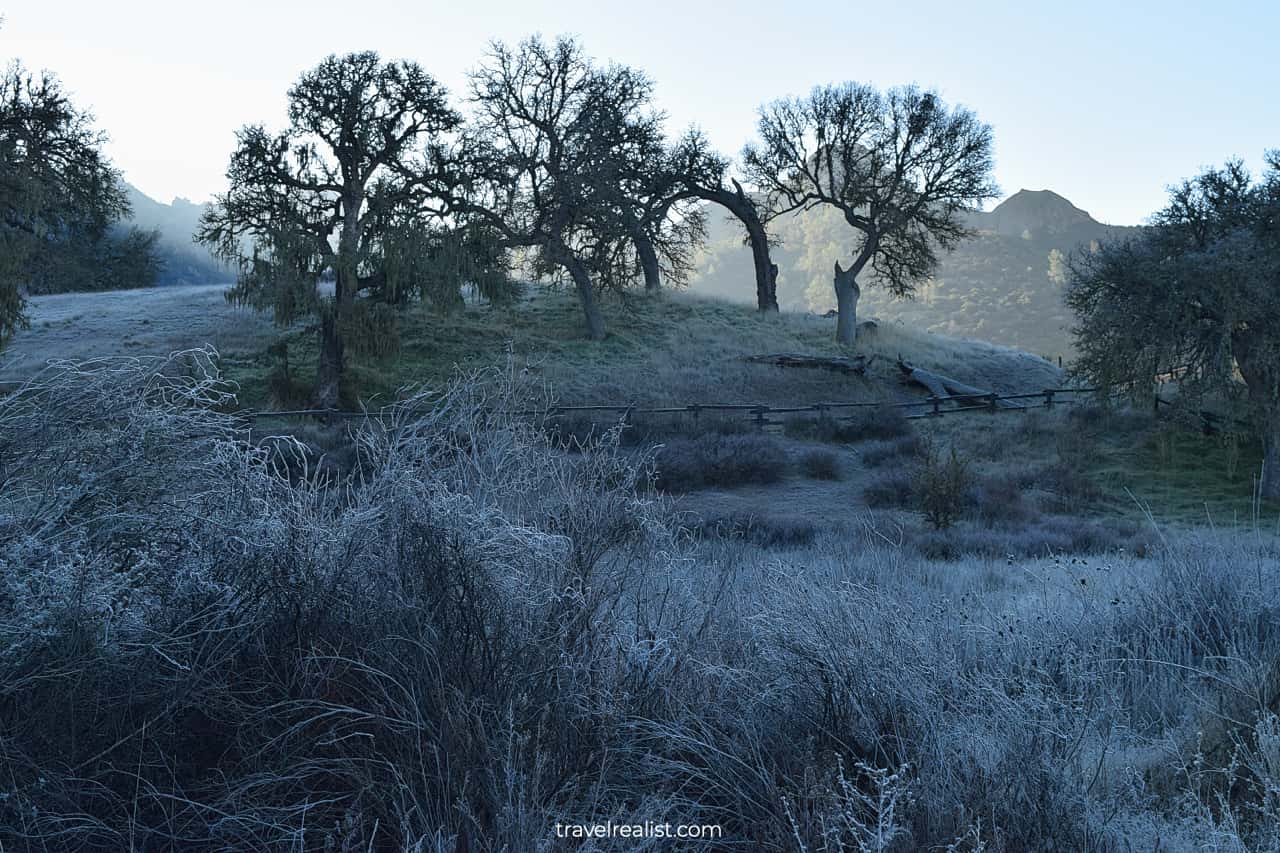
This feeling grows even strong wherever the area is still in the shadows.
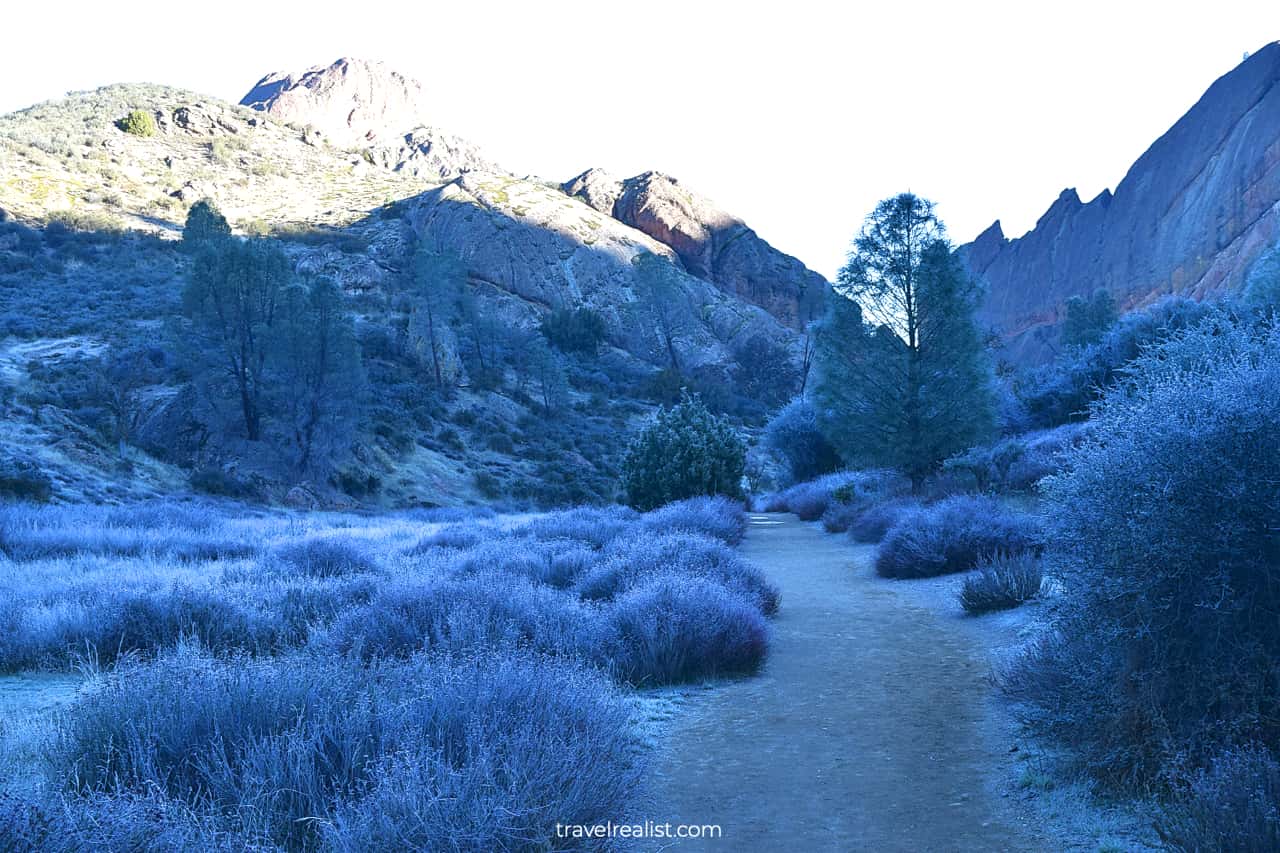
As you continue on the trail, the surrounding areas will start to receive some sunshine.
As a result, the frost on the trees and pinnacles will melt. But the ground and bushes will remain covered in frost for a while.
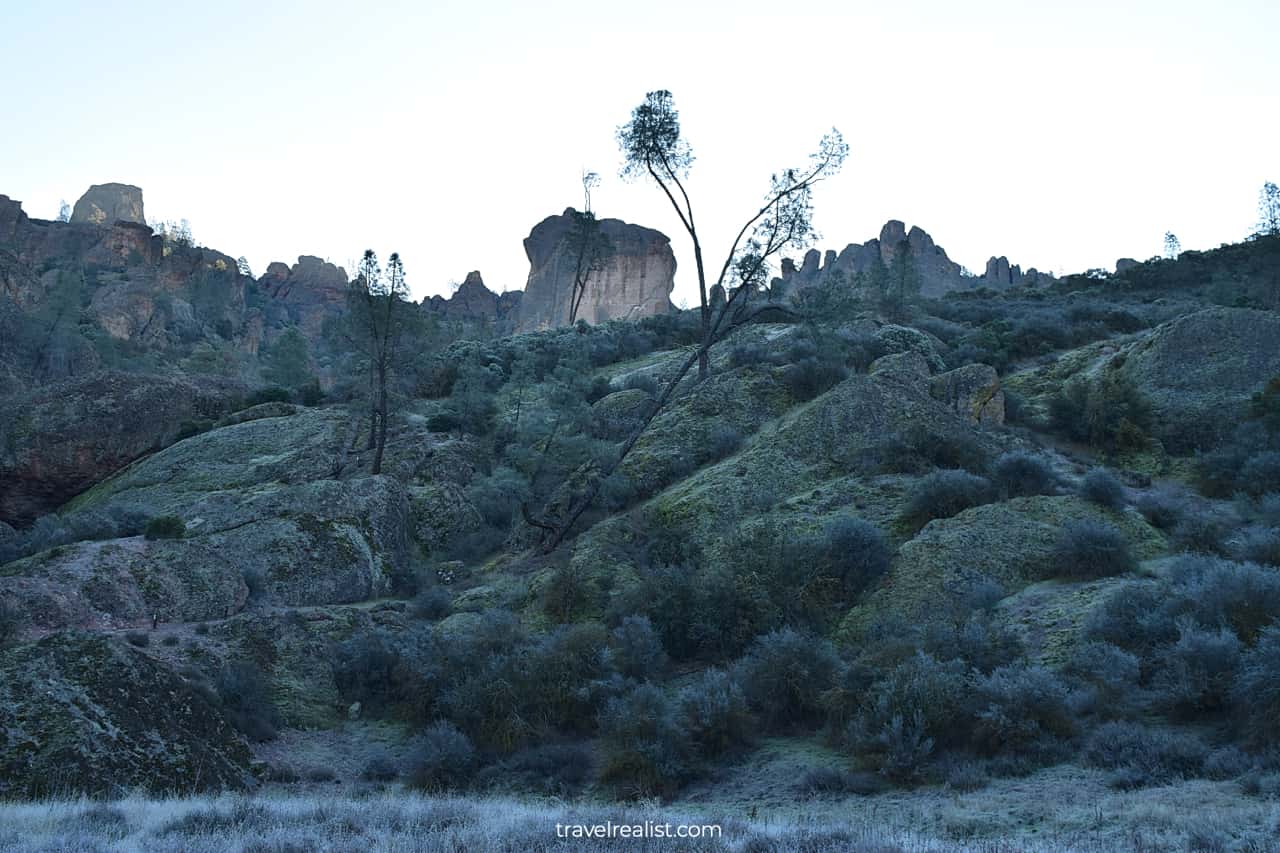
Eventually, the trail crosses a shallow frosted creek. The sunlight reflections in the creek are a beautiful sight.
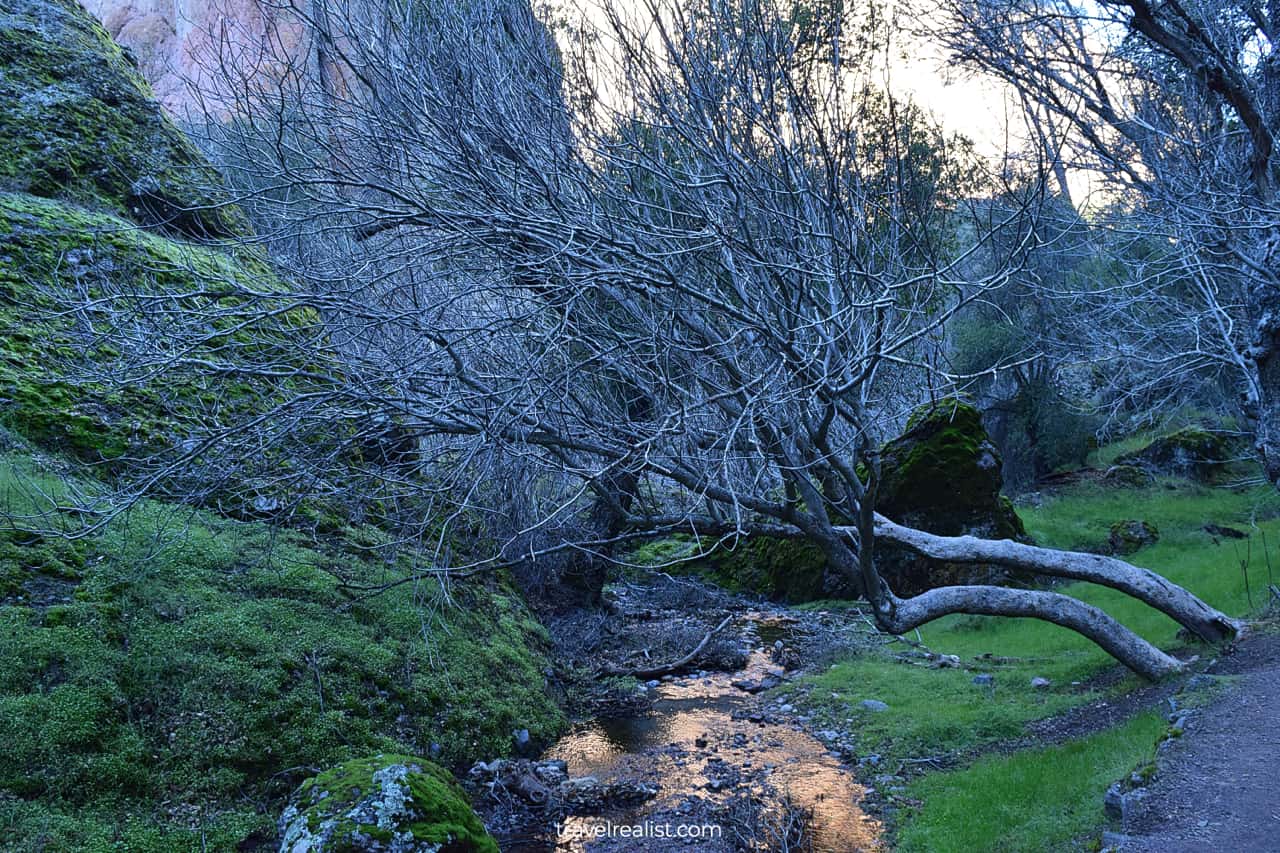
Balconies Cliffs Trail
Soon after the creek crossing, you arrive at the trail intersection. There are multiple options. But a longer 0.8-mi (1.3-km) Balconies Cliffs Trail is worth it. This trail involves some elevation gain.
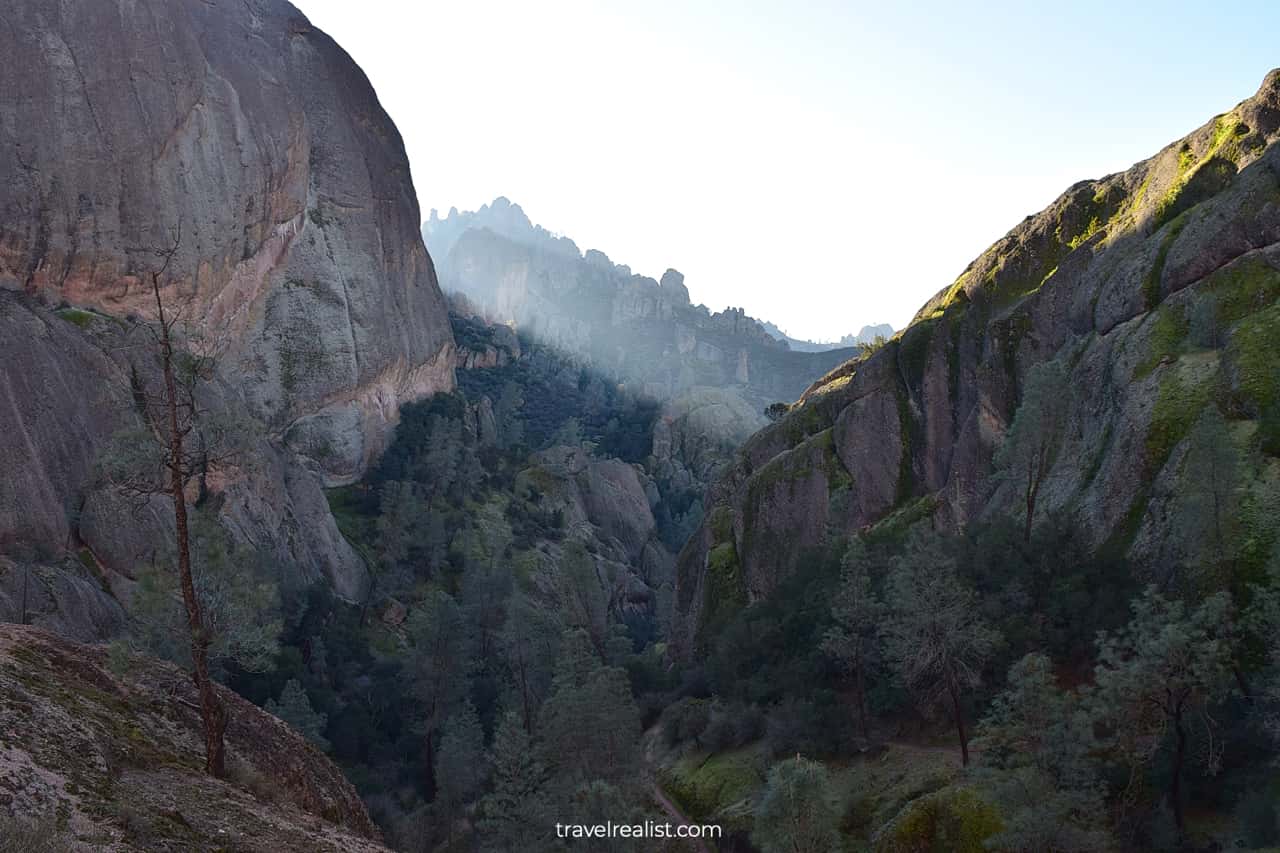
An uphill hike is a bit challenging. Yet it reveals excellent shadow and light combinations.
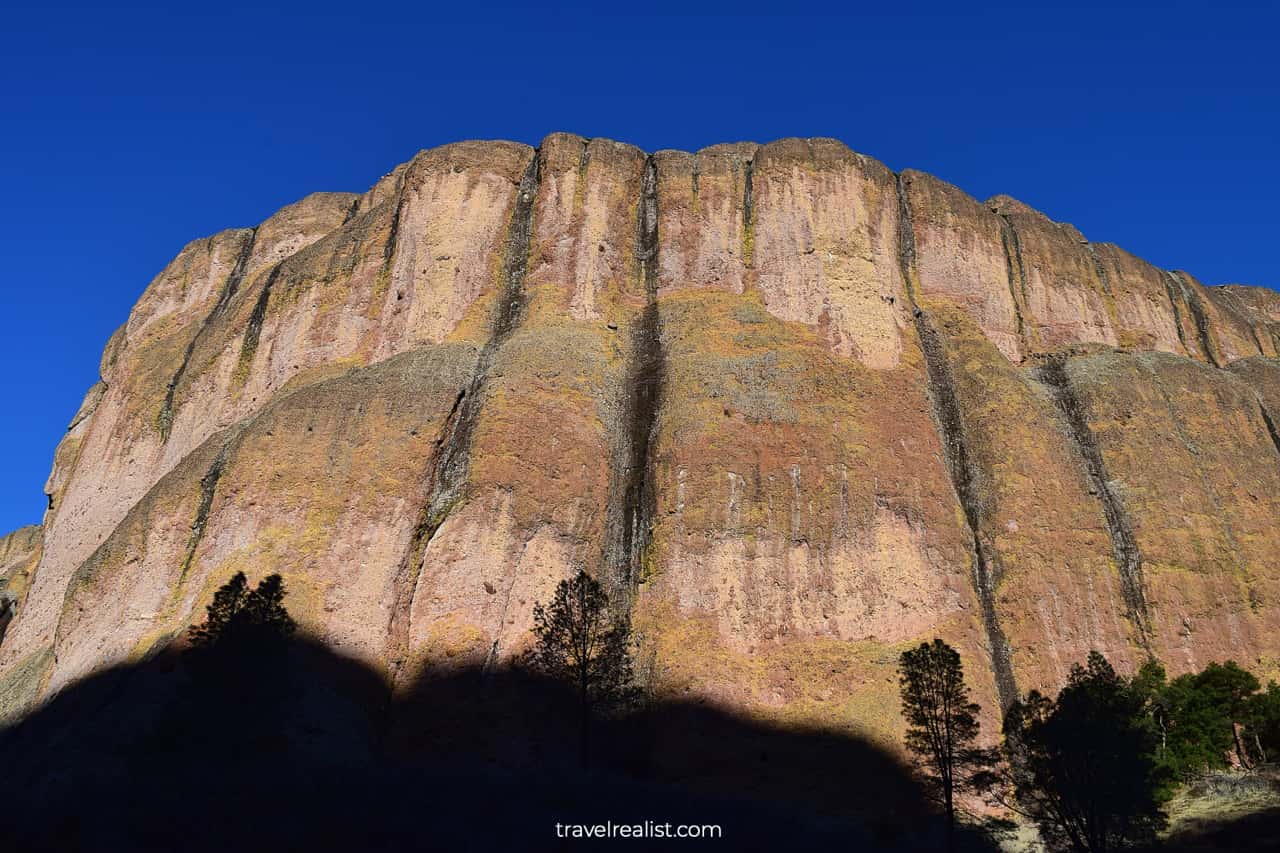
In addition, the higher elevation provides unobstructed views of the park’s grounds.
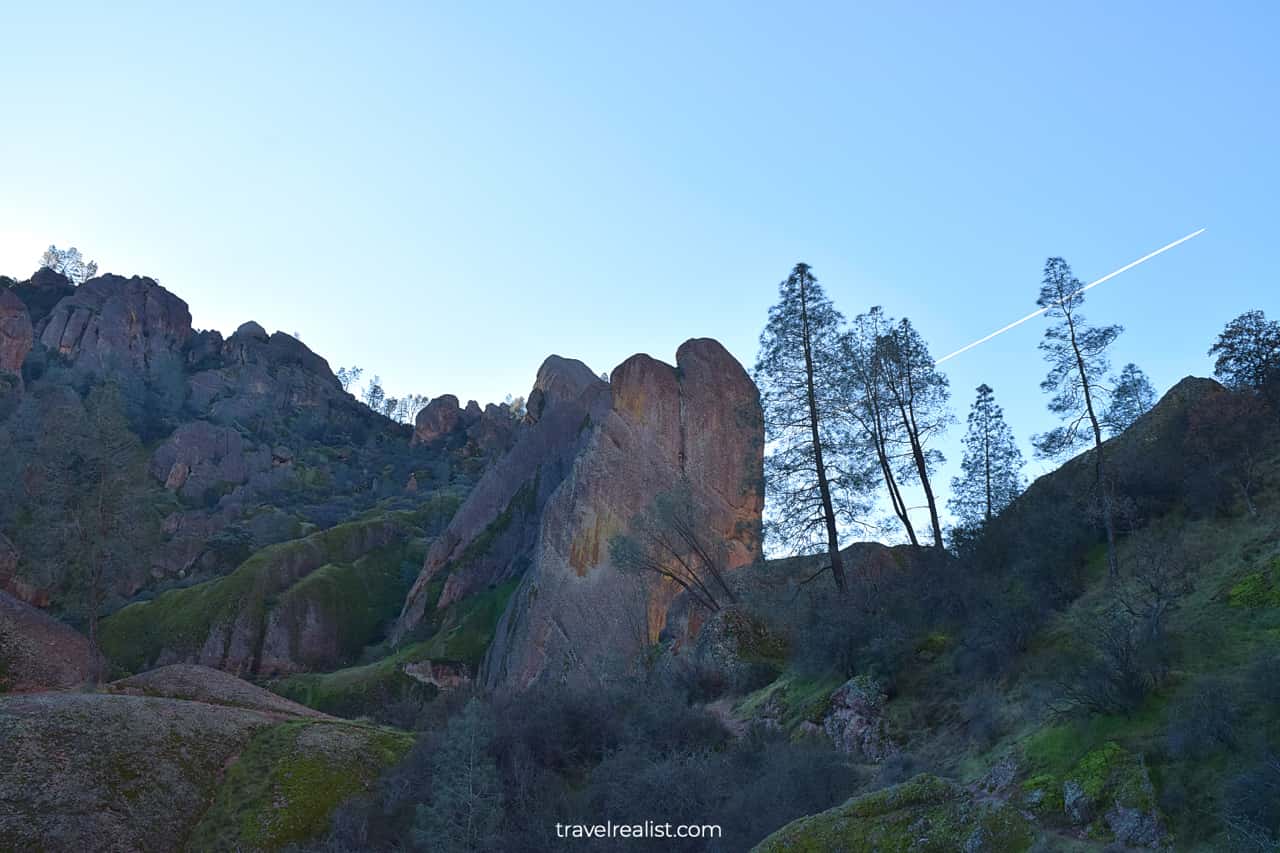
Balconies Cave Trail
Instead of continuing on the Old Pinnacles Trail to the East Entrance, take the Balconies Cave Trail.
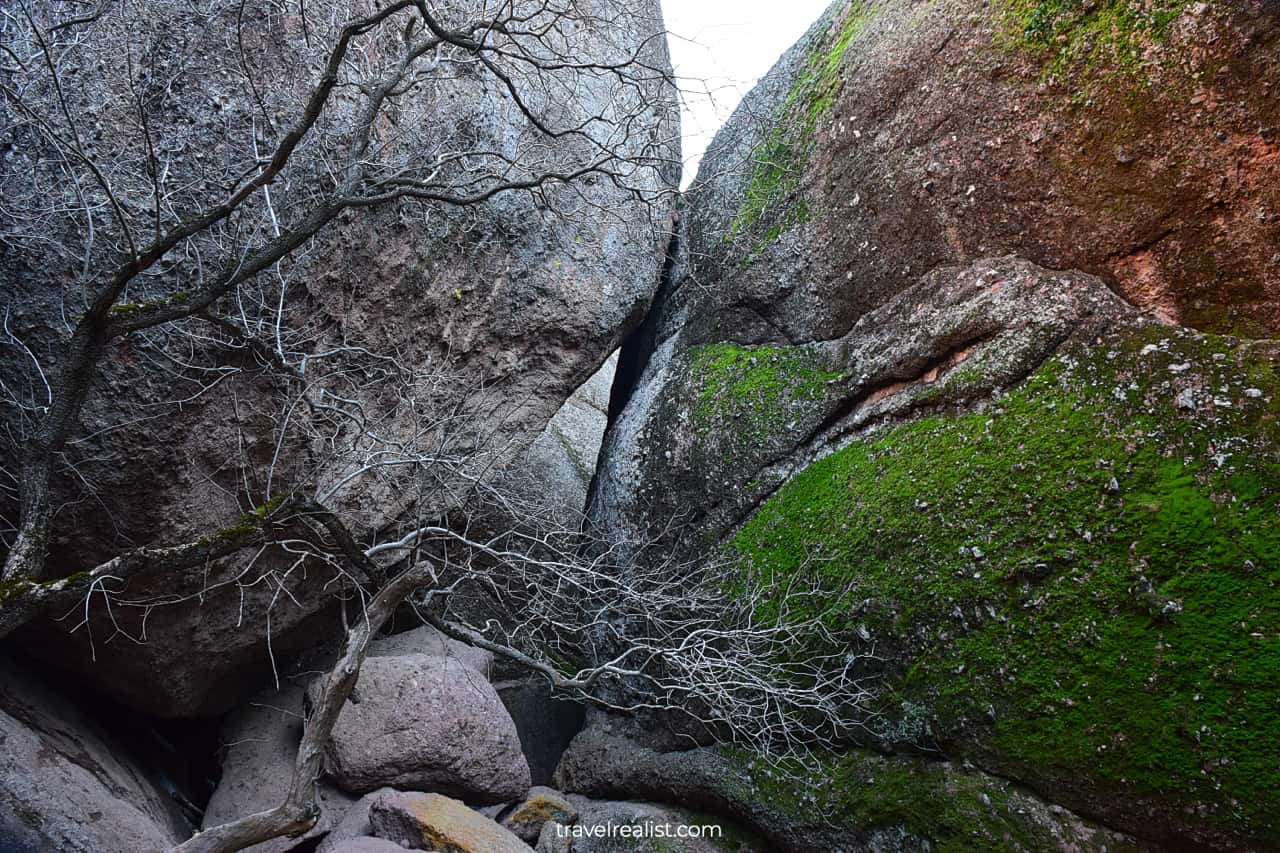
This trail proceeds through a cave. The cave lacks any artificial light and markers. It could easily puzzled a hiker.
- Bring a phone or a flashlight since it is usually pitch dark in the cave.
- The trail is quite technical. It involves some climbing and hiking in-between rocks and creeks.
- Cave flooding is also common in winter.
If the water level is low you will not have to wade.
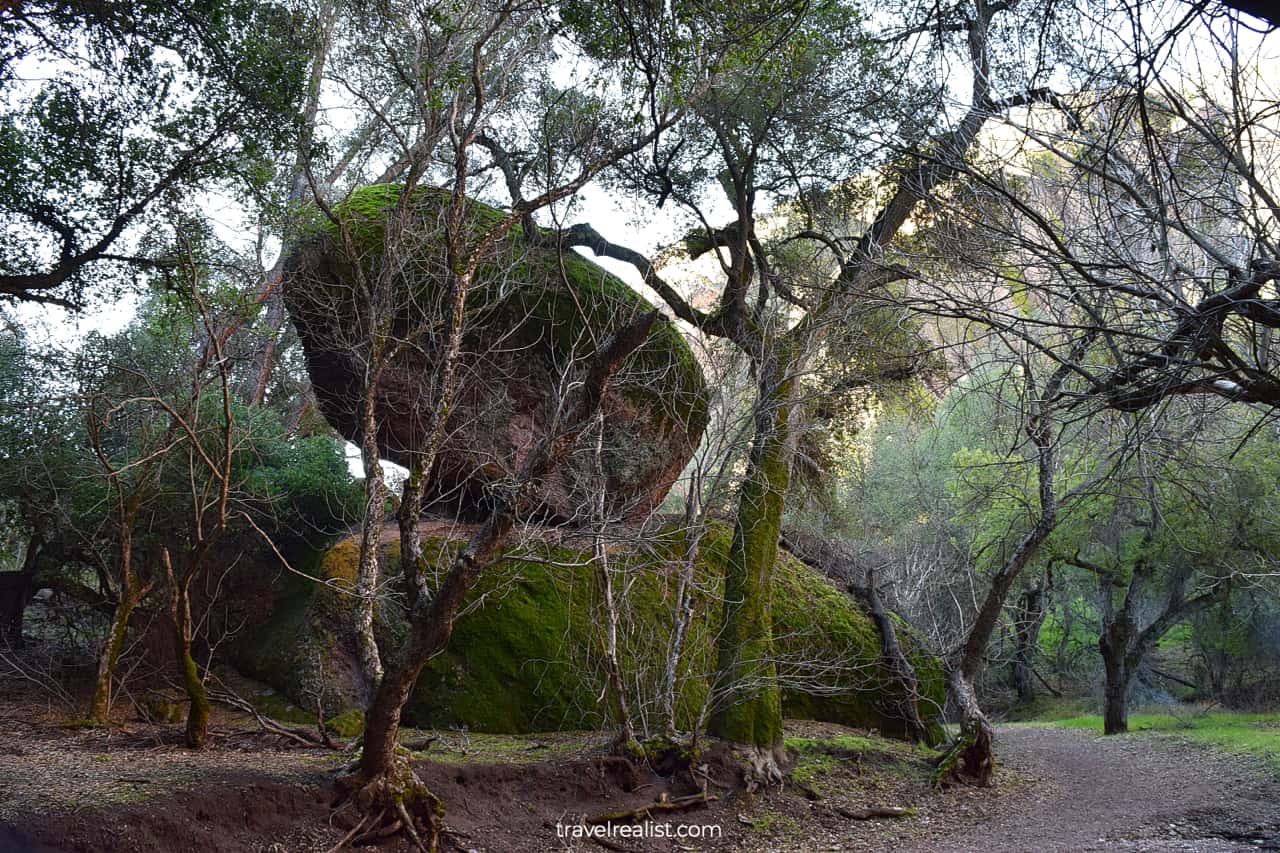
The Cave trail brings you back to the Balconies trailhead. Back at the trail intersection the sunshine will have melted the frost on the ground.
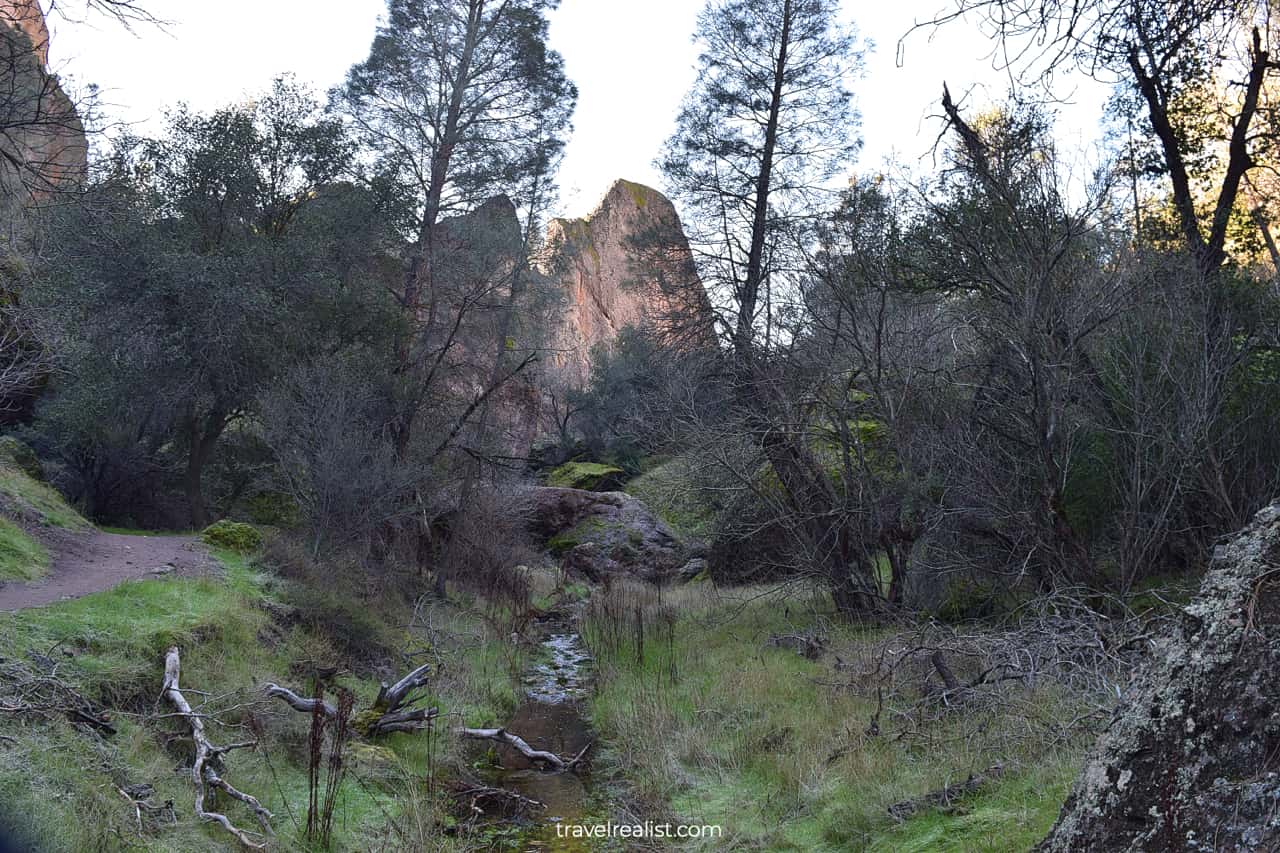
One last glance at the boulders before the trailhead parking.
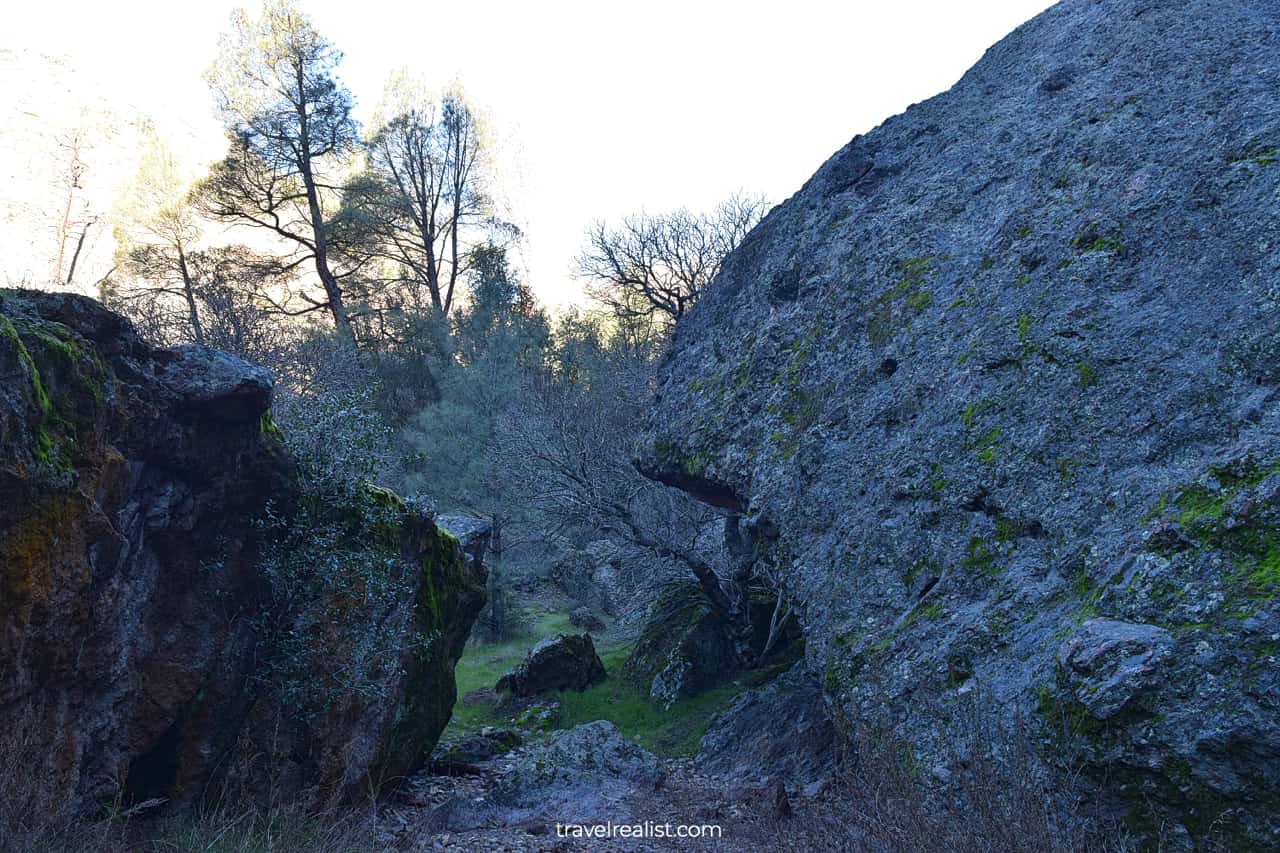
East Entrance: Bear Gulch
If you would like to change things up, go to the East Entrance.
This East Entrance section of the park has two parking areas, Old Pinnacles Trailhead and Bear Gulch. The former trailhead is best for longer hikes. The latter area is home to several shorter trails.
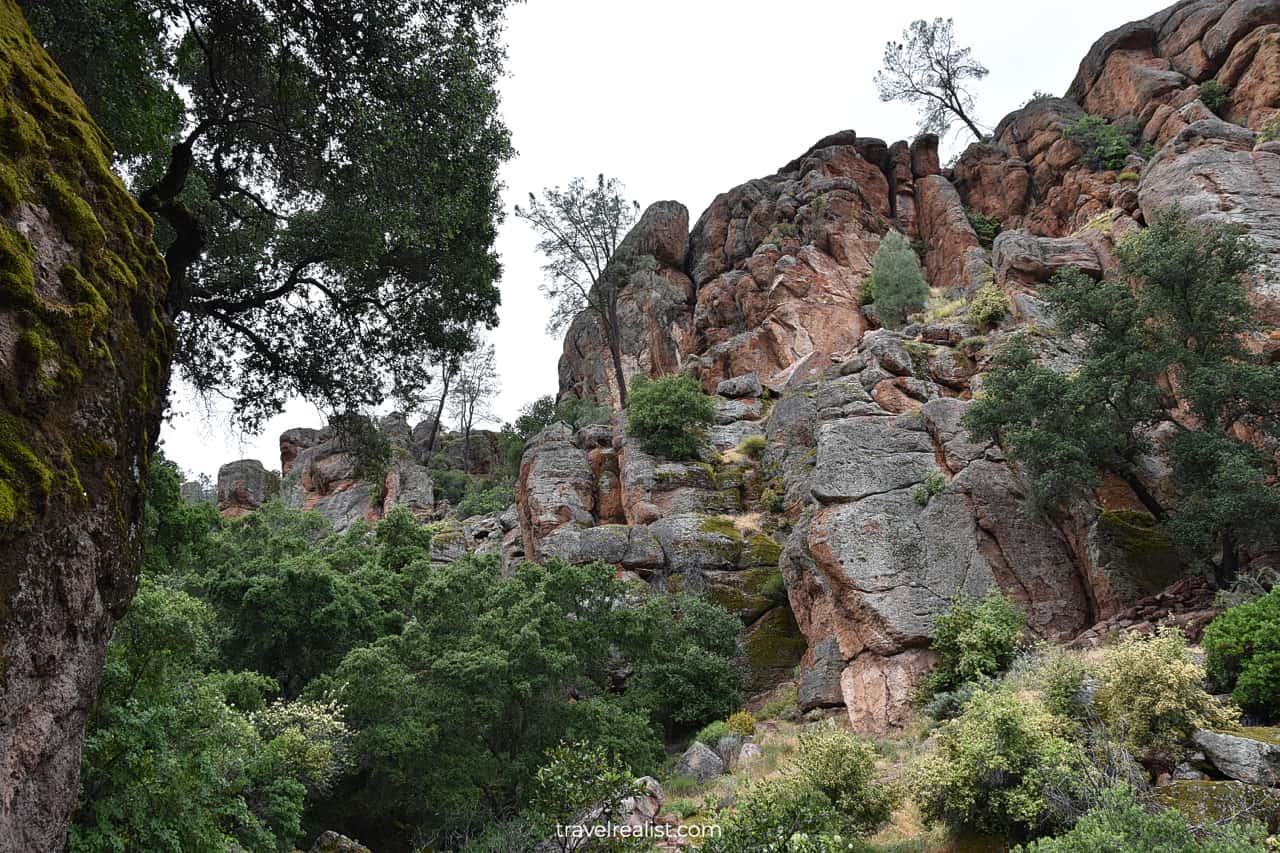
Moses Spring Trail
The Moses Spring Trail is a great first hike in East Pinnacles. This trail covers 2.2 miles (3.5 km) on a round trip hike.
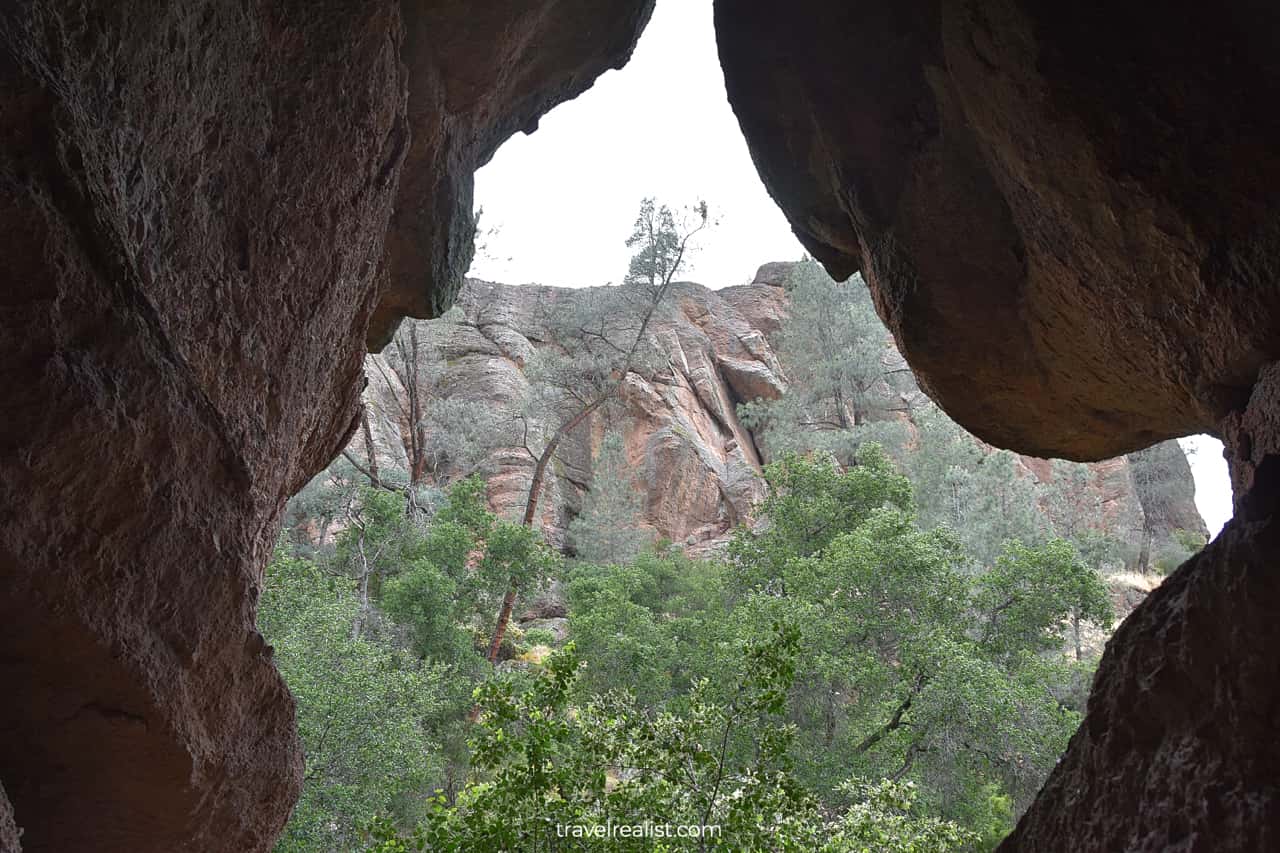
Bear Gulch Cave Trail
The Moses Spring Trail proceeds uphill for a better part of our hike. Overall, it gains almost 200 ft (61 m) before reaching the Bear Gulch Cave Trail junction.
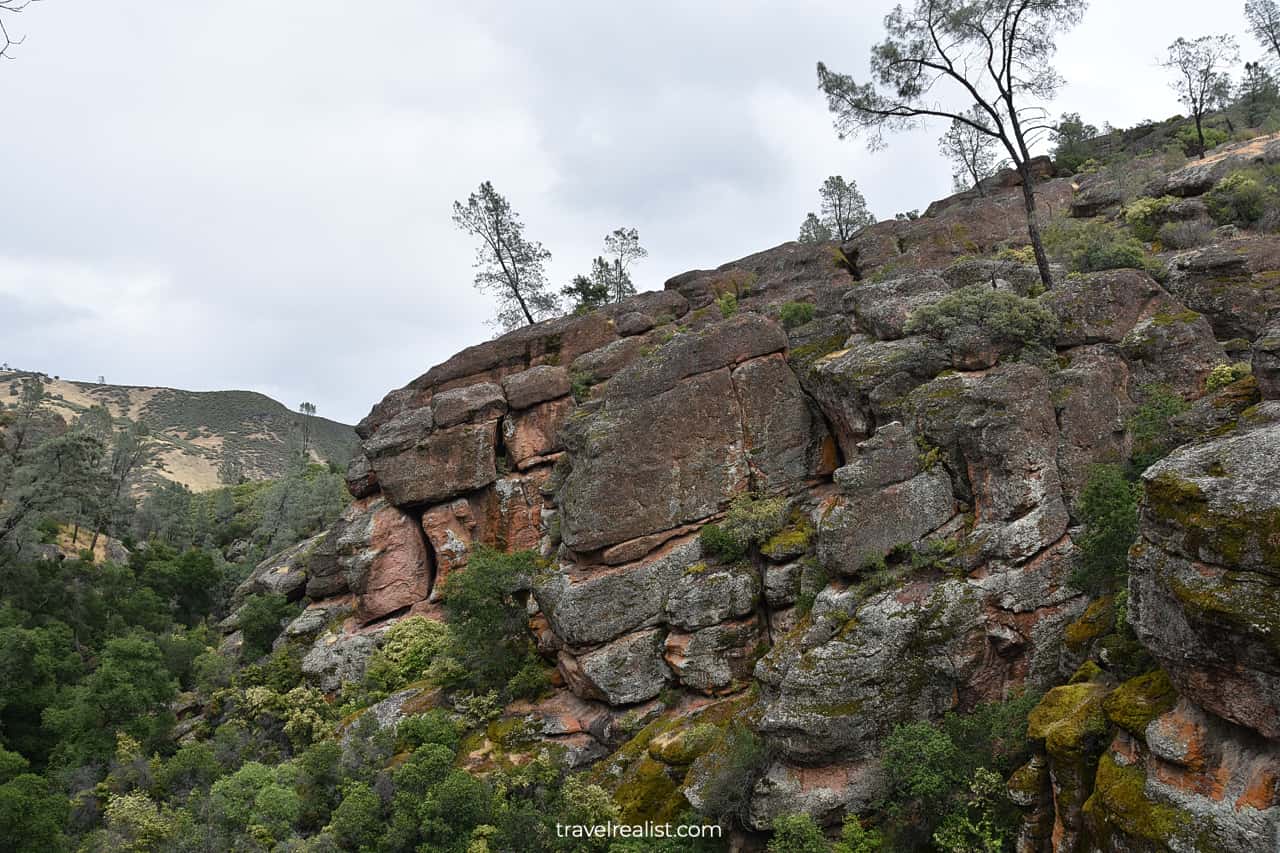
This trail also continues uphill and brings you above the tree line. The Bear Gulch Cave Trail offers fantastic views of the pinnacles.
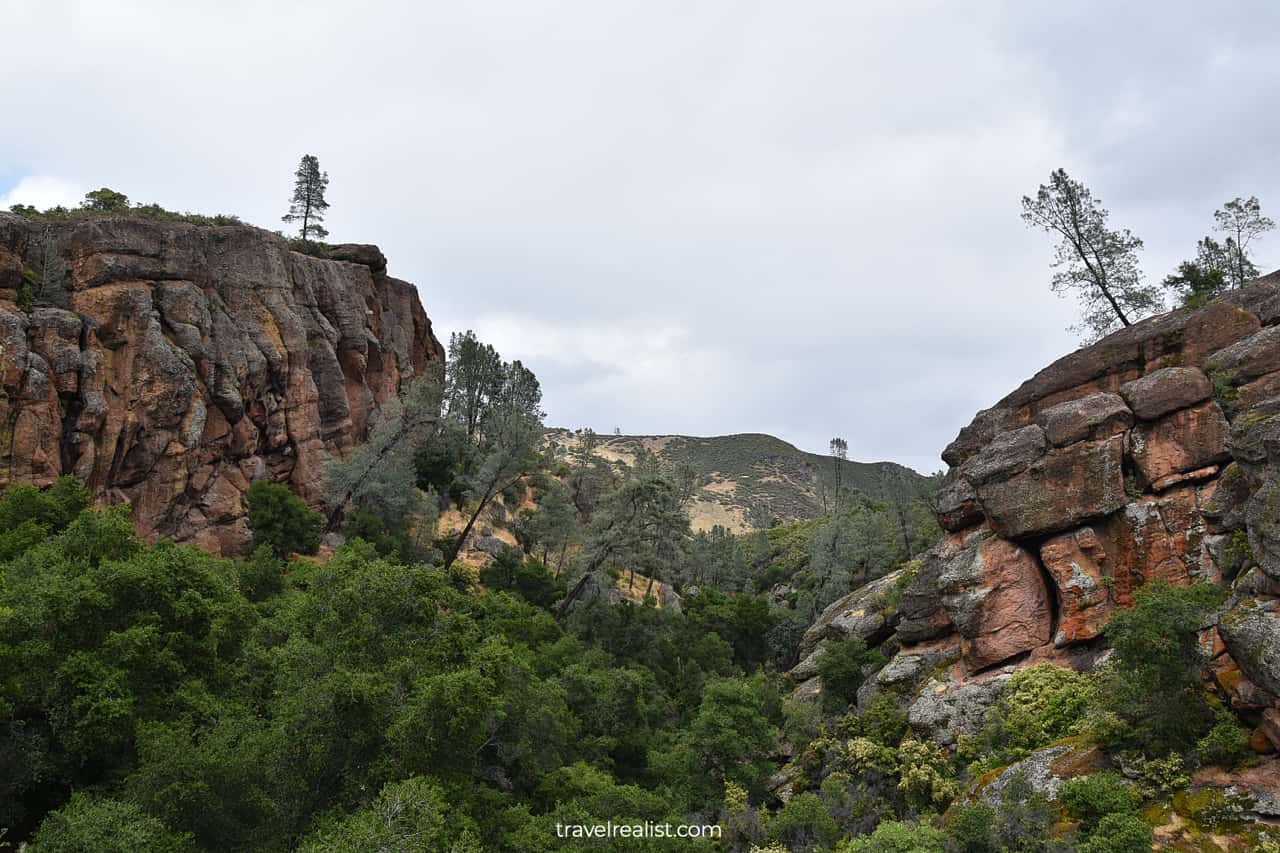
This section of the trail is stunning. The trail continues between the grottos and large boulders. You could really see where this national park got its name from.
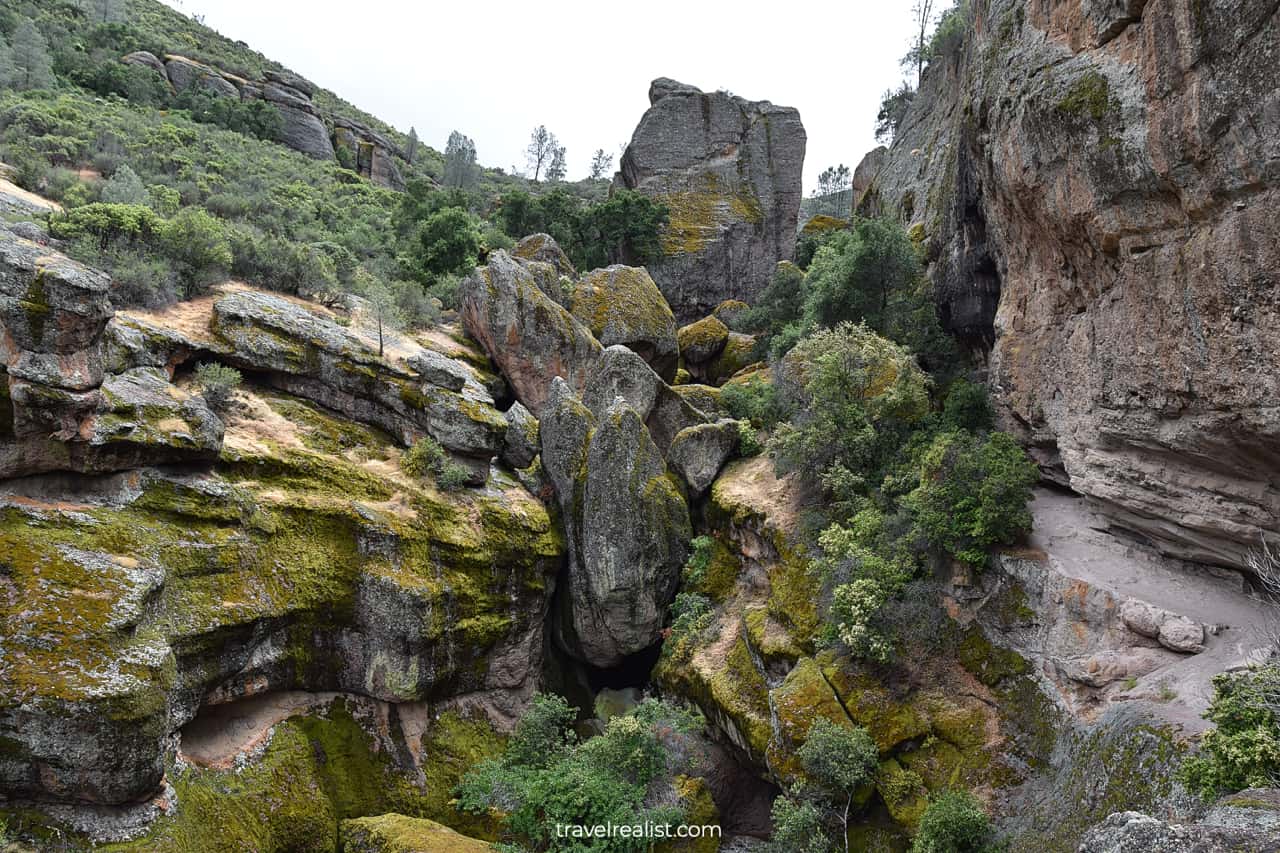
A quick look back at the trail before the view disappears behind a large boulder.
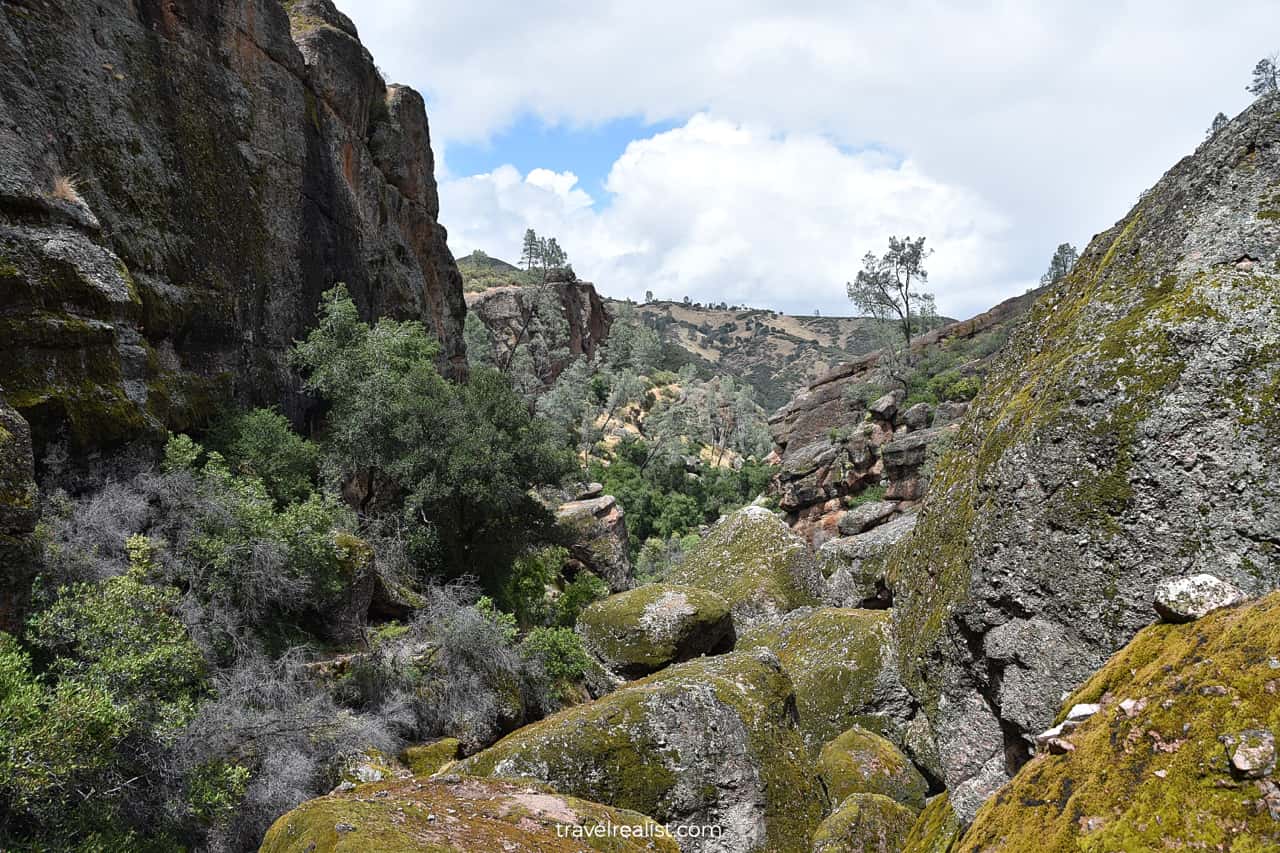
Bear Gulch Cave
The last part of the trail once again brings you to a cave. You would need to climb and duck to get through the cave.
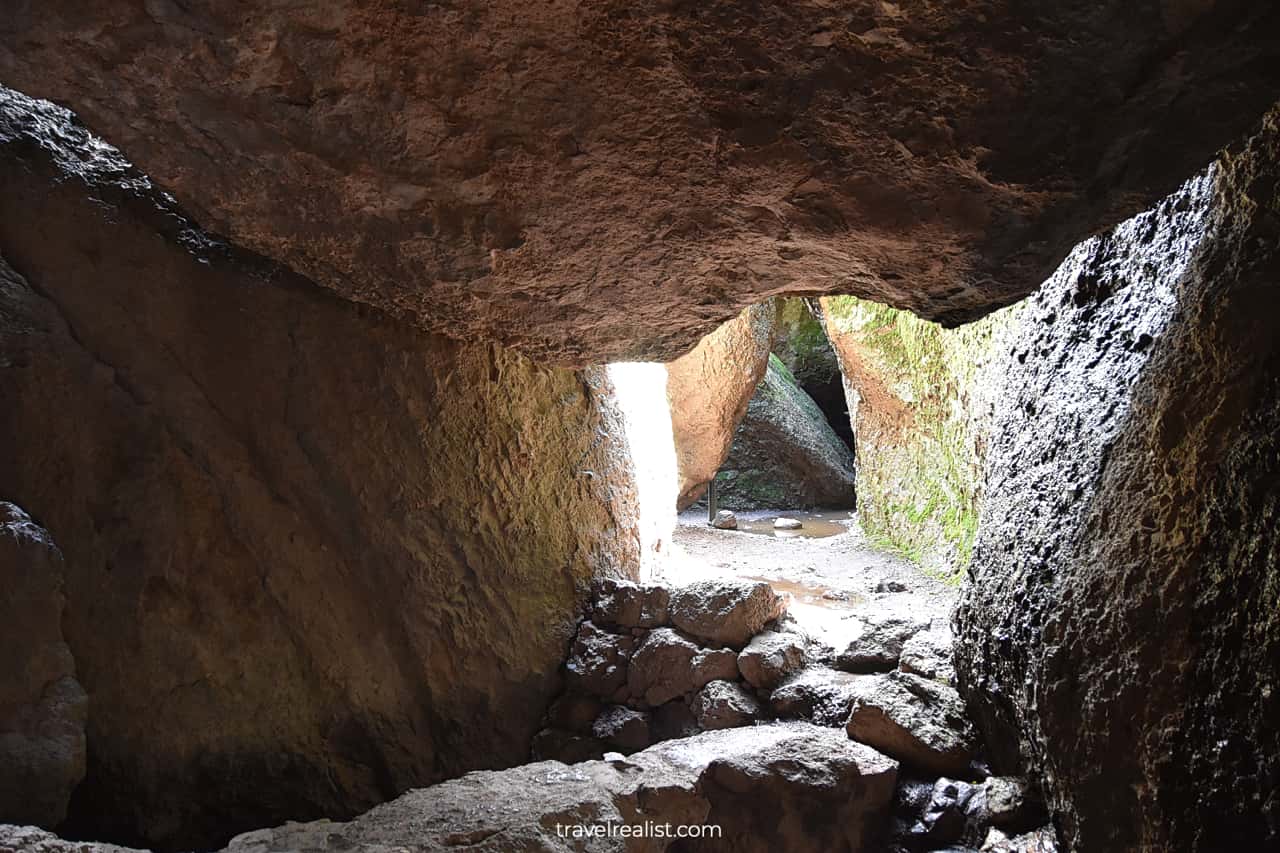
Monolith Boulder
There is a reason to keep pushing through. Views of the beautiful Monolith boulder would serve as a reward for your efforts.
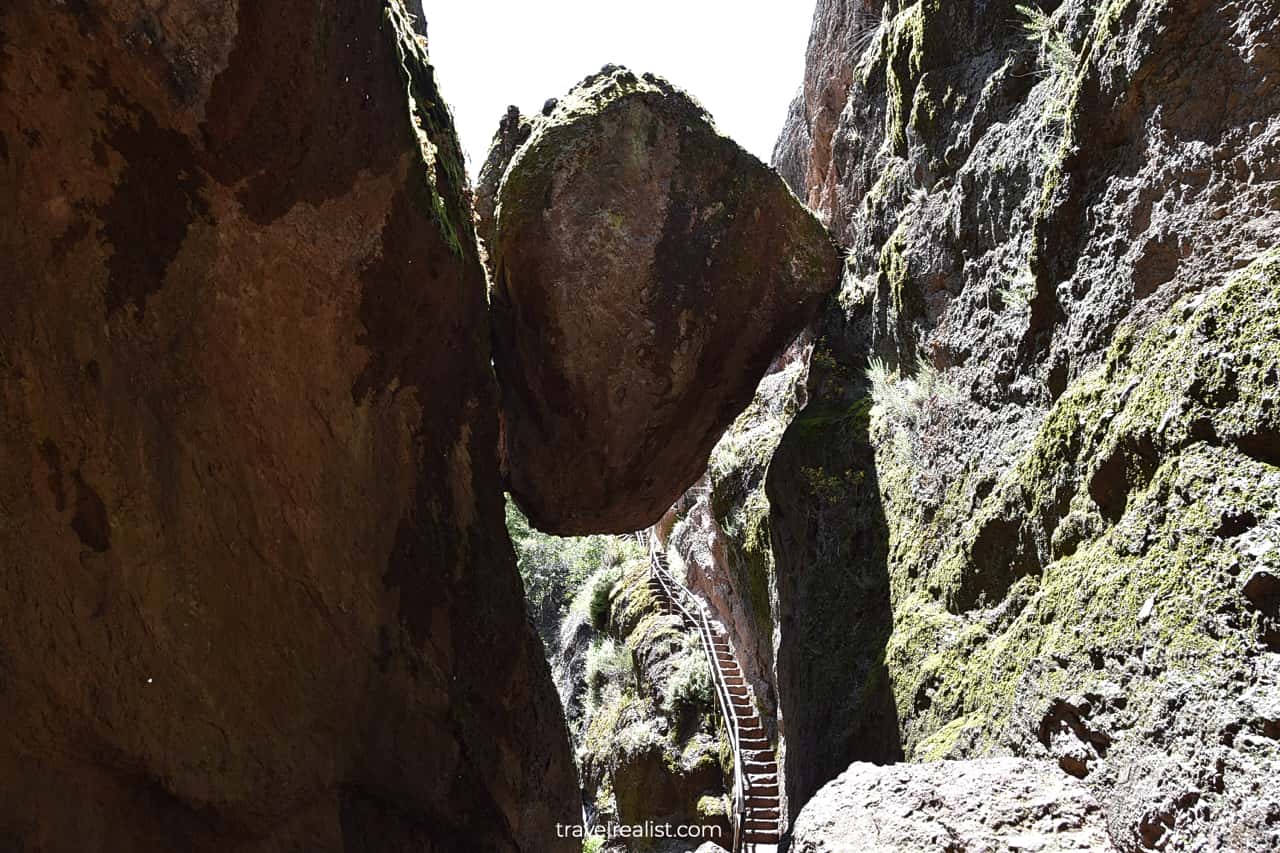
Bear Gulch Reservoir
The Bear Gulch Cave Trail finishes with a quick climb up the stairs. You could see the Bear Gulch Reservoir once you reach the top.
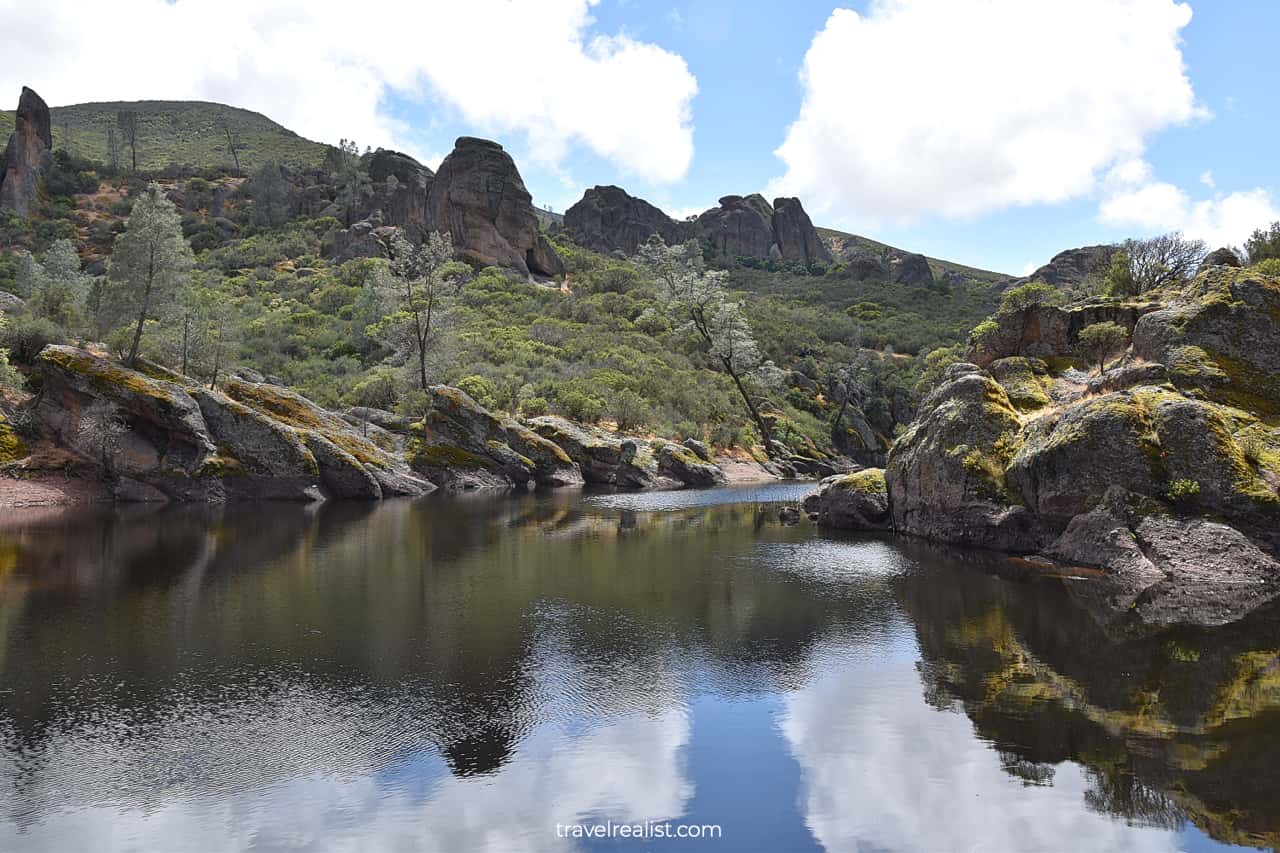
There you could run into a ground squirrel, just like in Rocky Mountain National Park. This animal is way too comfortable with tourists.
Other visitors must have fed it despite an explicit ban. The squirrel clearly expected a snack. Yet we stood firm and the squirrel had to leave empty-handed.
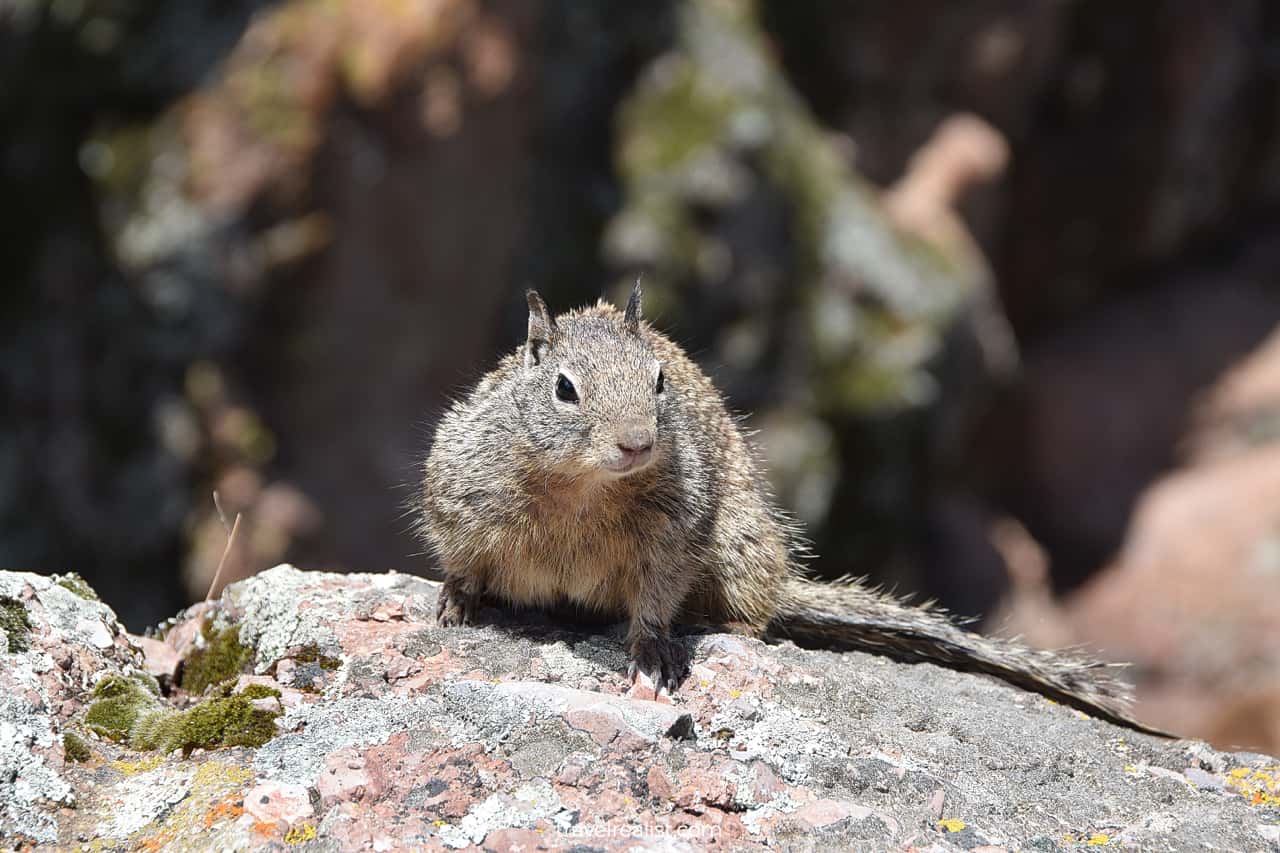
Rim Trail
The Reservoir serves as a major trail junction. Hikers have multiple options.
- You could continue forward on the 9-mile (14.5-km) Chalone Peak Trail.
- Or you could turn back to the Rim Trail. This short trail serves as a connector to the High Peaks trail.
You need 3 to 5 hours to hike to the Chalone Peak. If you do not have that time, your choice is clear. The Rim Trail back to the Day Use Area will be your route.
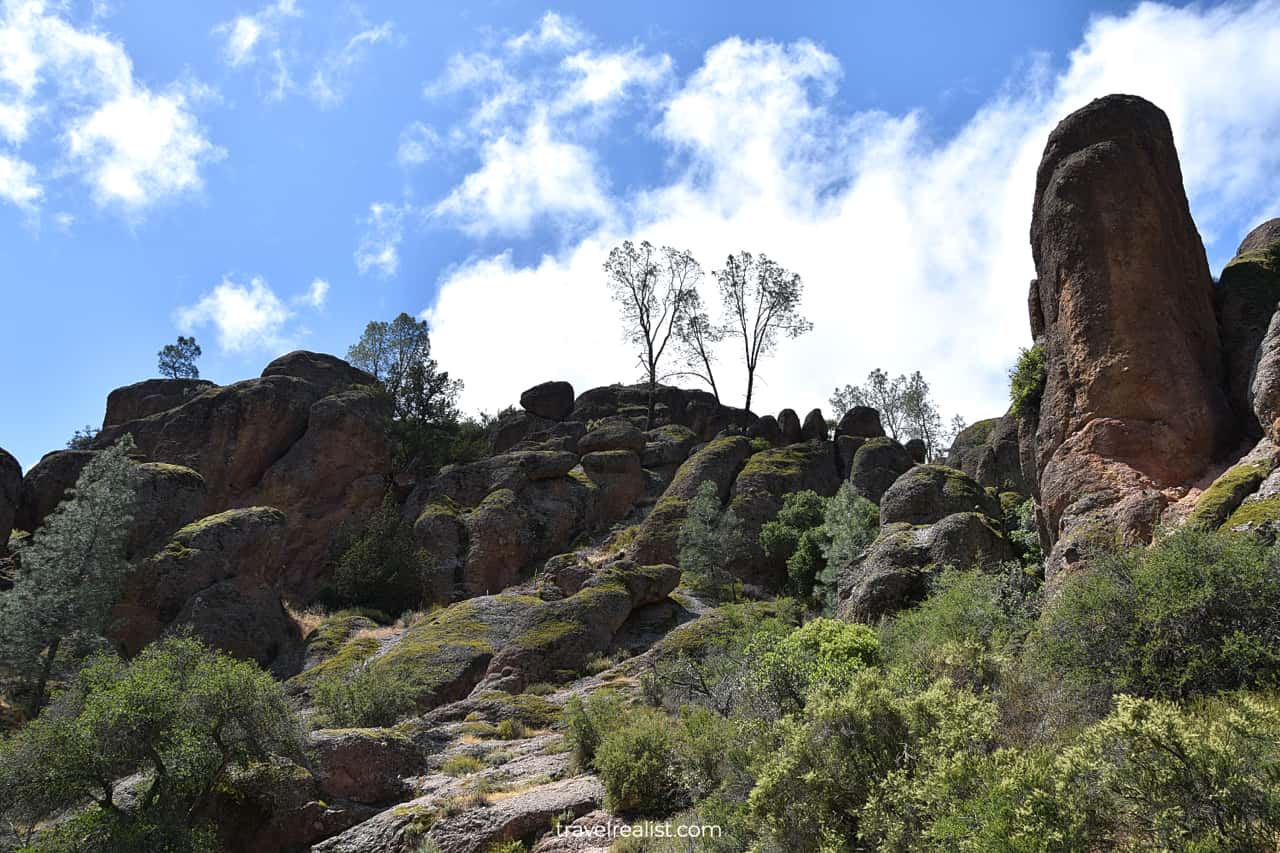
First, the Rim trail quickly gains elevation. On the bright side, you can get some of the best views of the Bear Gulch Reservoir.
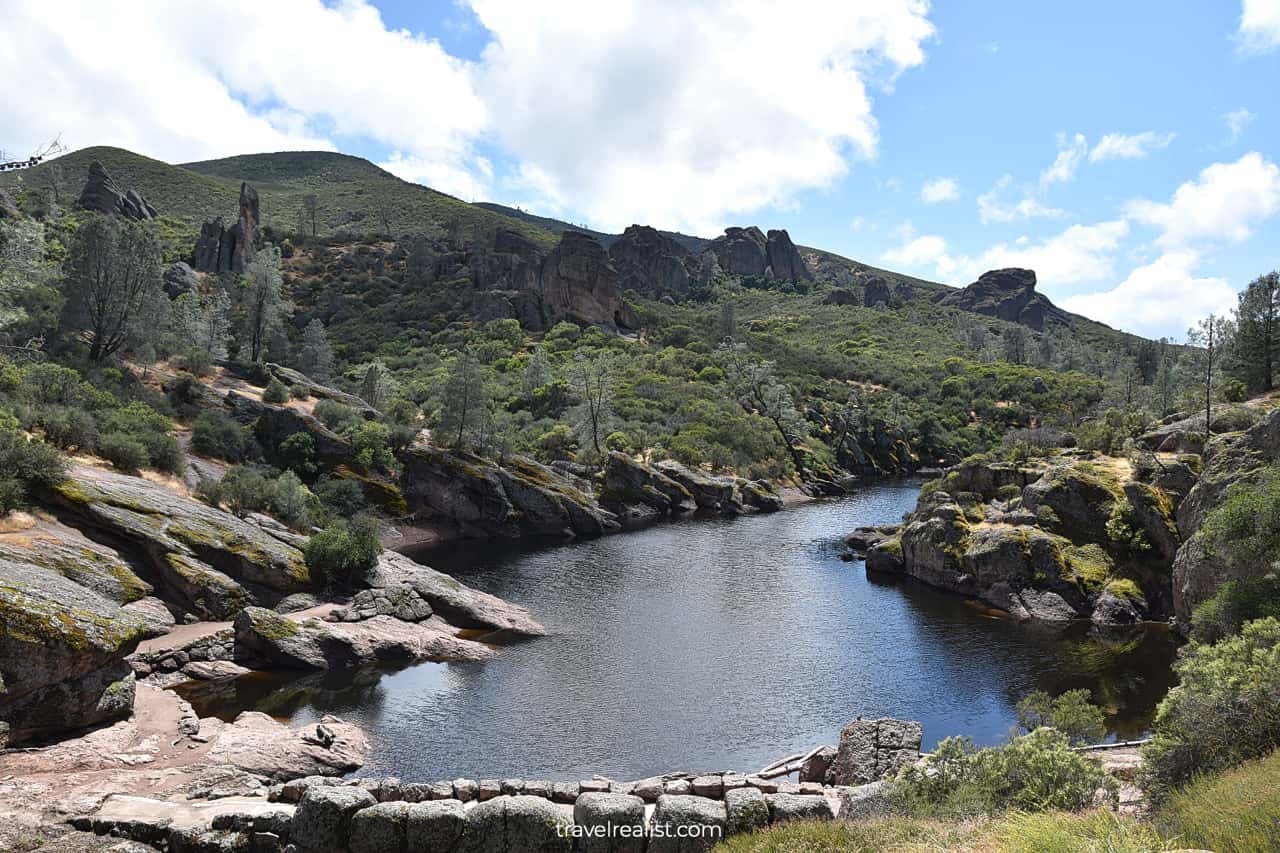
The Rim trail soon levels off. The majority of the trail resembles a walk in a beautiful wildflower meadow.
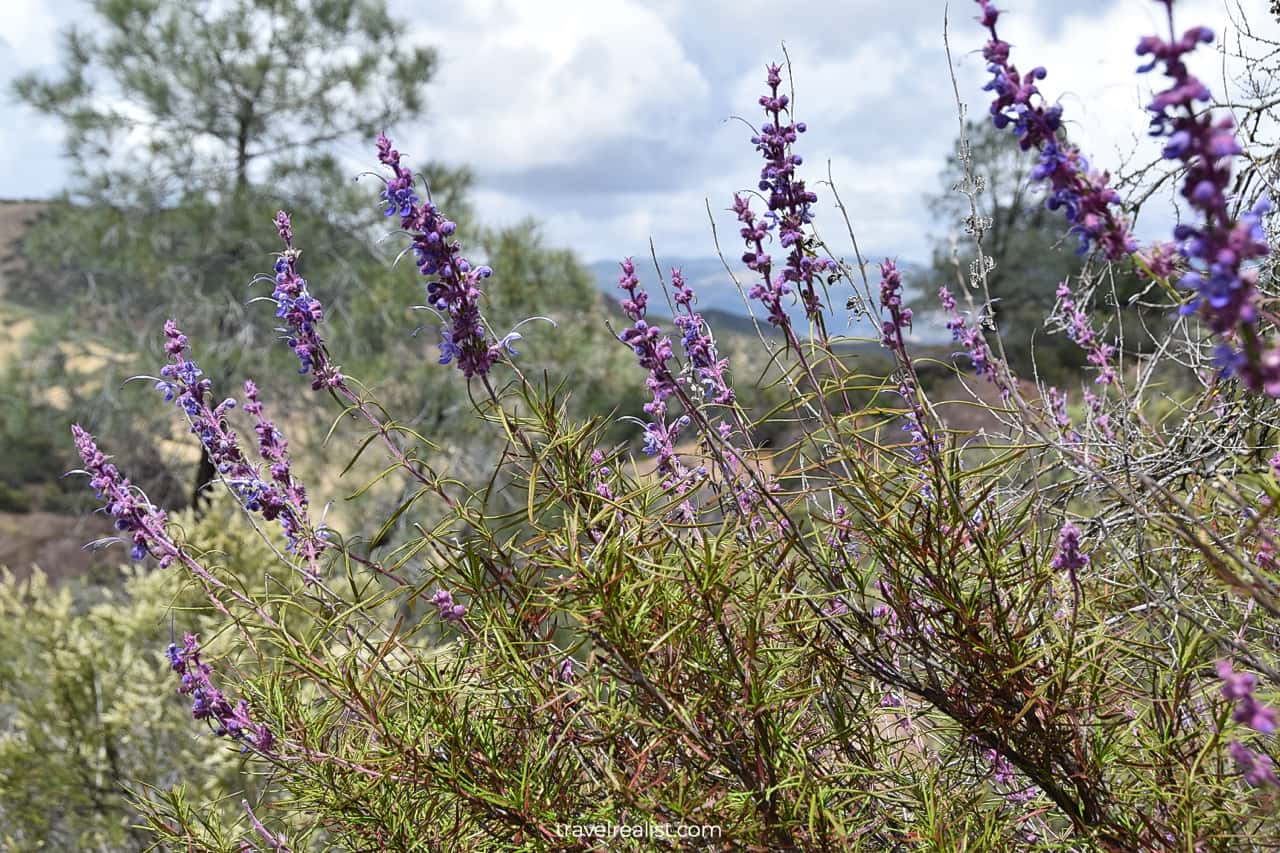
High Peaks Trail Junction
The Rim Trail brings us to the High Peaks Trail Junction. The uphill High Peaks is another strenuous long hike in the park.
But there is a downhill section. The trail starts to descend right after the Junction. It brings you to the Day Use Area in about half a mile (1 km).
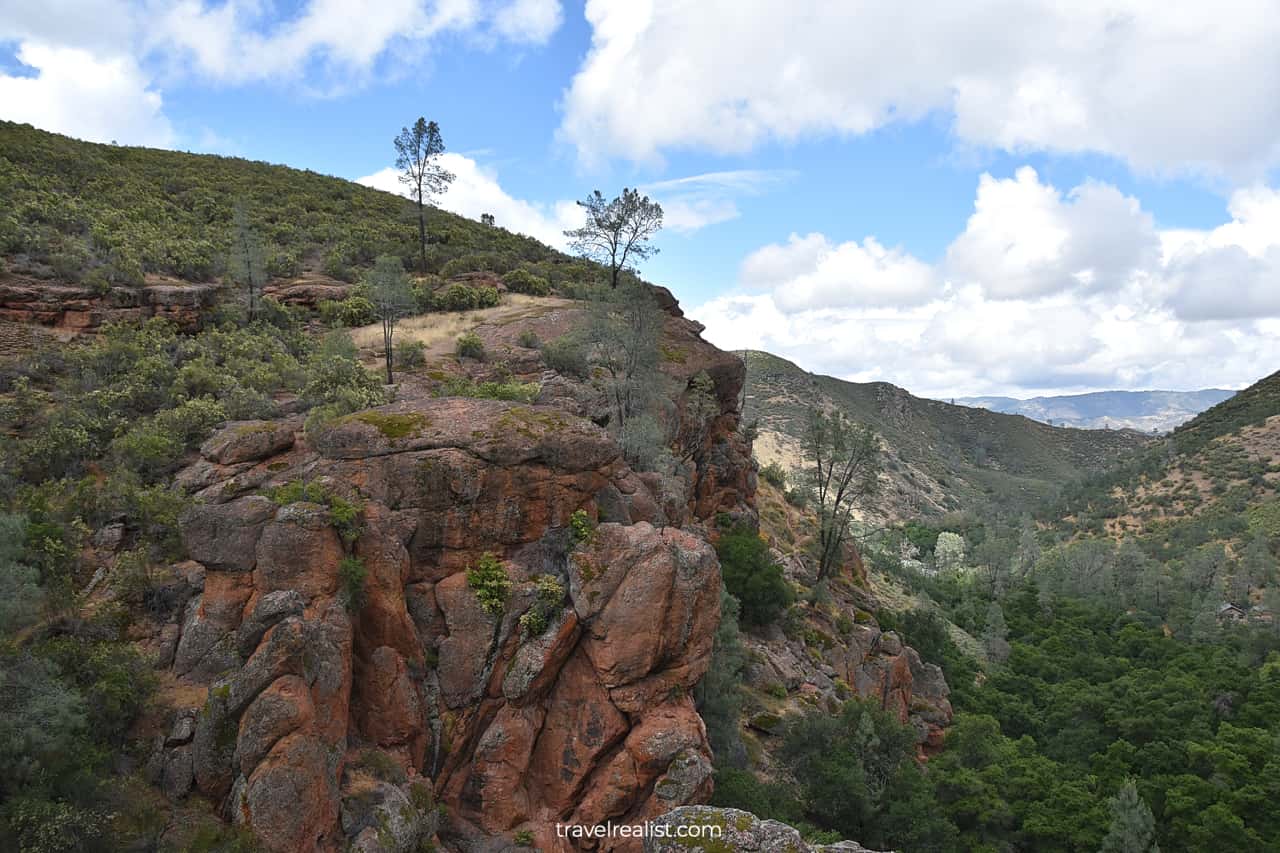
Continue with our Pinnacles Guide to learn more about ways to get to the sights, entrance requirements, and places to stay.
Getting to Pinnacles
Pinnacles National Park is in Central California’s San Benito County. The park is fairly close to the Bay Area. For instance, it takes 1.5 hours to reach Pinnacles from San Jose, CA.
You should budget about an hour and 15 to get to the park from Monterey, CA. The park could be a great addition to a Bay Area or Big Sur trips.
Pinnacles National Park has two entrances. The hike between the entrances takes 3 miles (4.8 km). Yet, you would need to drive for 60 miles to get from West to the East entrance.
- The West Entrance is next to the Highway 101 between the towns of Salinas, CA and San Lucas, CA.
- The East Entrance is off the Highway 25. It is in a more remote part of the county.
Where to Stay
Pinnacles National Park has few nearby places to stay. You are unlikely to find accommodation in the small towns close by. Thanks to the park’s location, you could venture further north.
Monterey, CA has several hotels and vacation rentals. San Jose, CA is another great location for places to stay. While this city is further away from the park, it offers visitors with more options.
Entrance Requirements & Passes
Pinnacles National Park is open every day throughout the year. But the entrance areas differ in their open hours.
- The East Entrance is open 24/7.
- The West Entrance is only open from 7:30am to 8pm.
The parking for the High Peaks and Moses Trail fills up quickly on weekends. You need to arrive before 8am if you plan on hiking these trails. A weekday visit is another way to avoid crowds.
Pinnacles charges admission fees of $30 per vehicle. As usual, you should consider getting an Interagency Annual Pass. It takes about 3 trips to the NPS operated sites during the year to break even on this pass.
Takeaways: Pinnacles
Pinnacles National Park is a nice Central California park. It might not be very visually stunning at a first glance.
But the park’s hiking trails are fantastic. You could pick between shorter and longer trails. Pinnacles National Park also permits caving without a tour guide. This is a fairly uncommon experience in the US national parks.
This brings out the spirit of exploration. We certainly felt like discoverers and first settlers. Overall, the park is worth a few hours to explore.
Take a look at our Pinnacles Video Guide and visit our YouTube channel for the latest videos.
Frequently Asked Questions
Pinnacles are at their best during the cooler months of the year. You should visit Pinnacles from October to May.
Pinnacles National Park is known for rock formations, boulders, caves, and wildflowers.
Pinnacles National Park is a great park to explore caves without a tour guide.
There are no roads connecting the two entrances of Pinnacles National Park. You can hike between the West and East entrances but driving involves a 60-mile detour.
You do not need an advance reservation to visit Pinnacles during the day. But you should consider arriving as early as possible since the parking lots often get crowded.
Safe realist travels!

